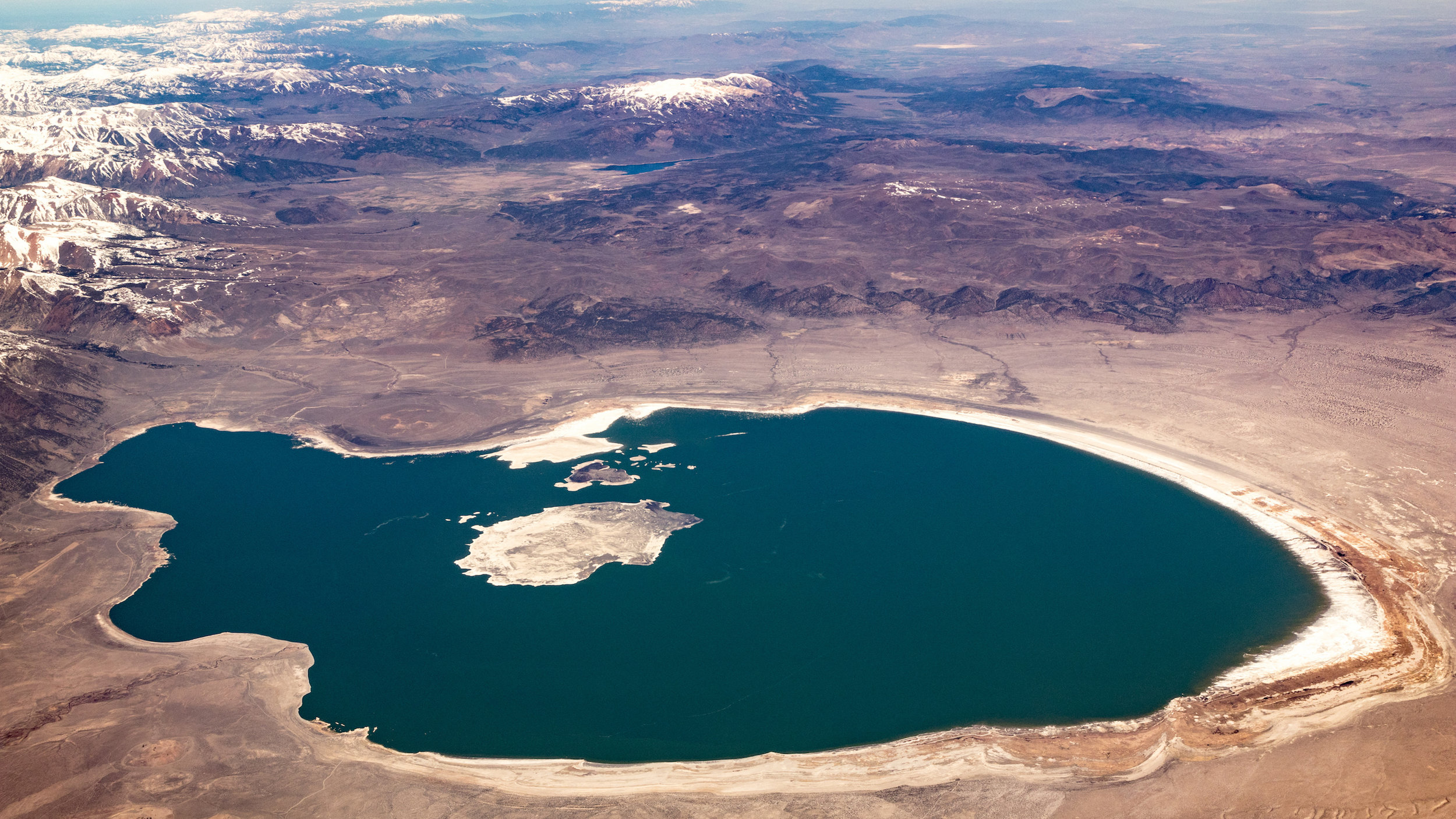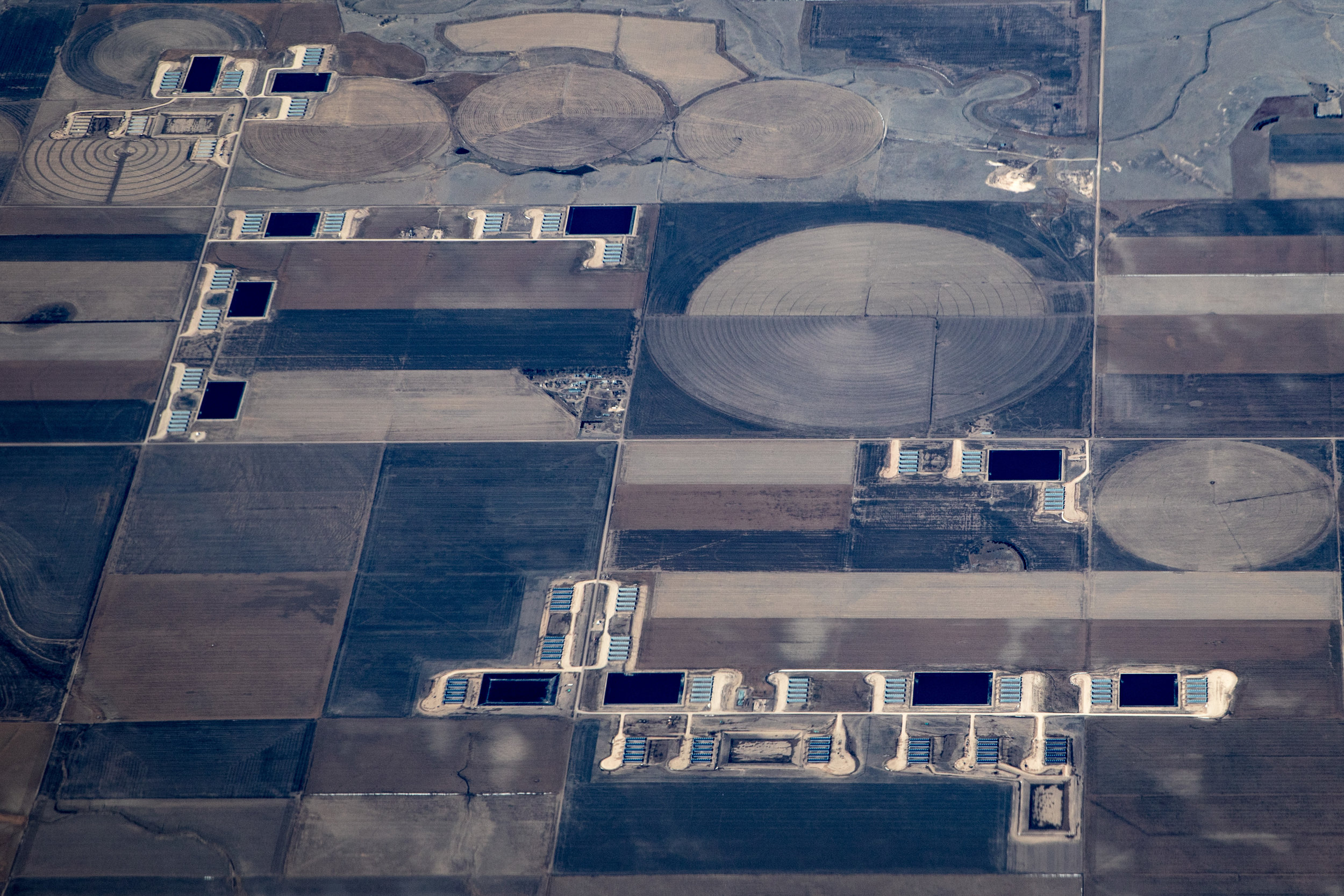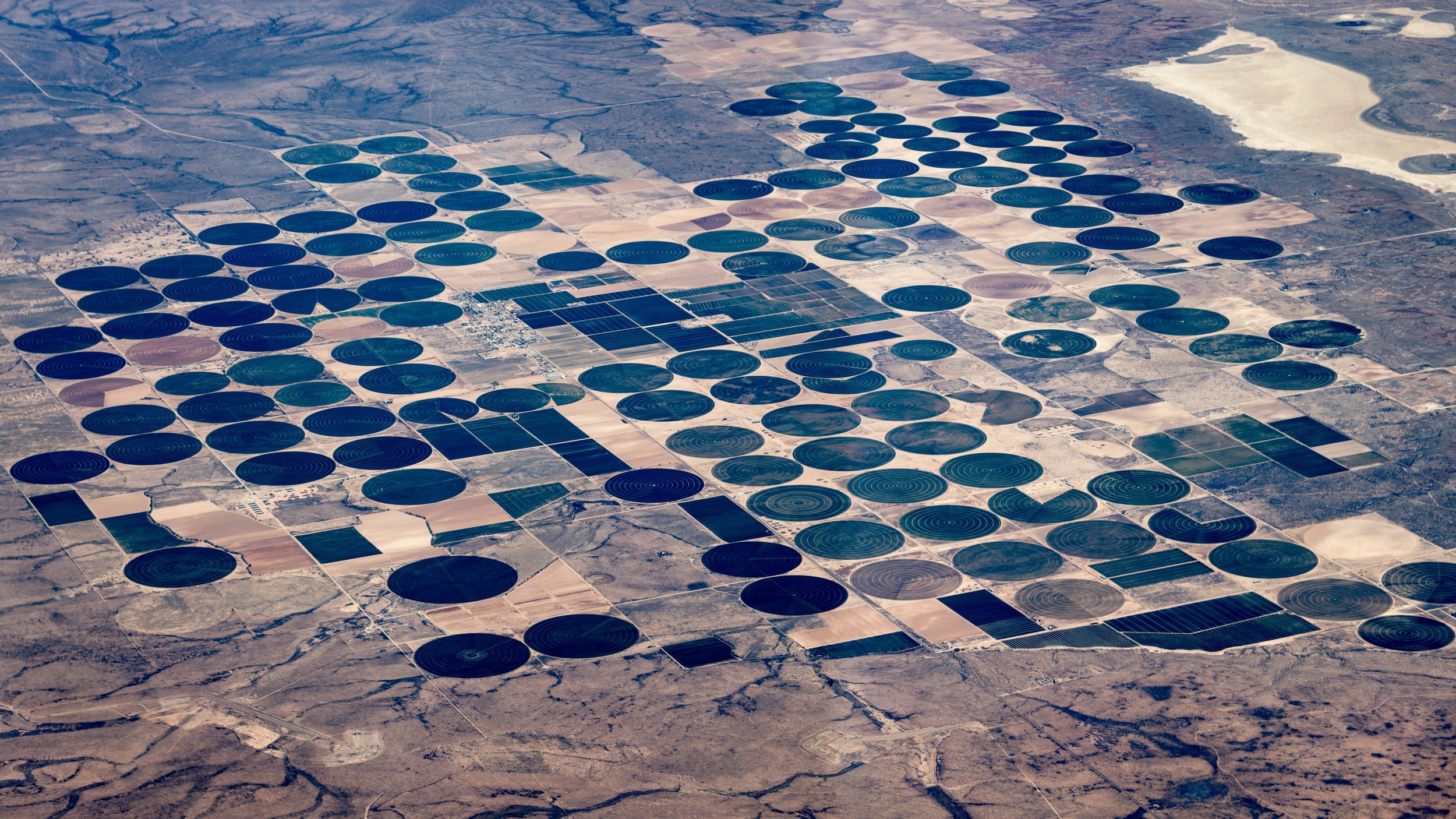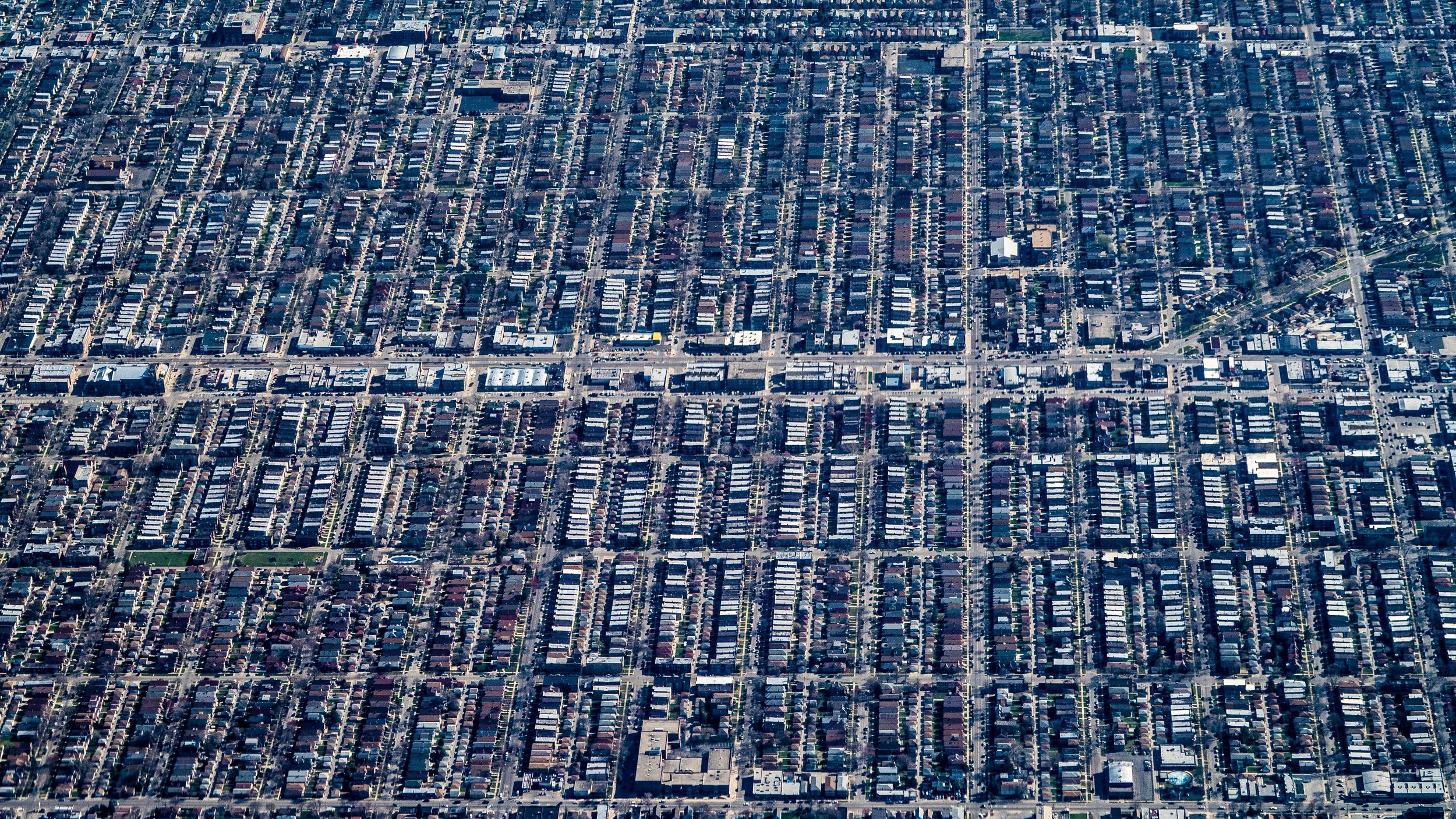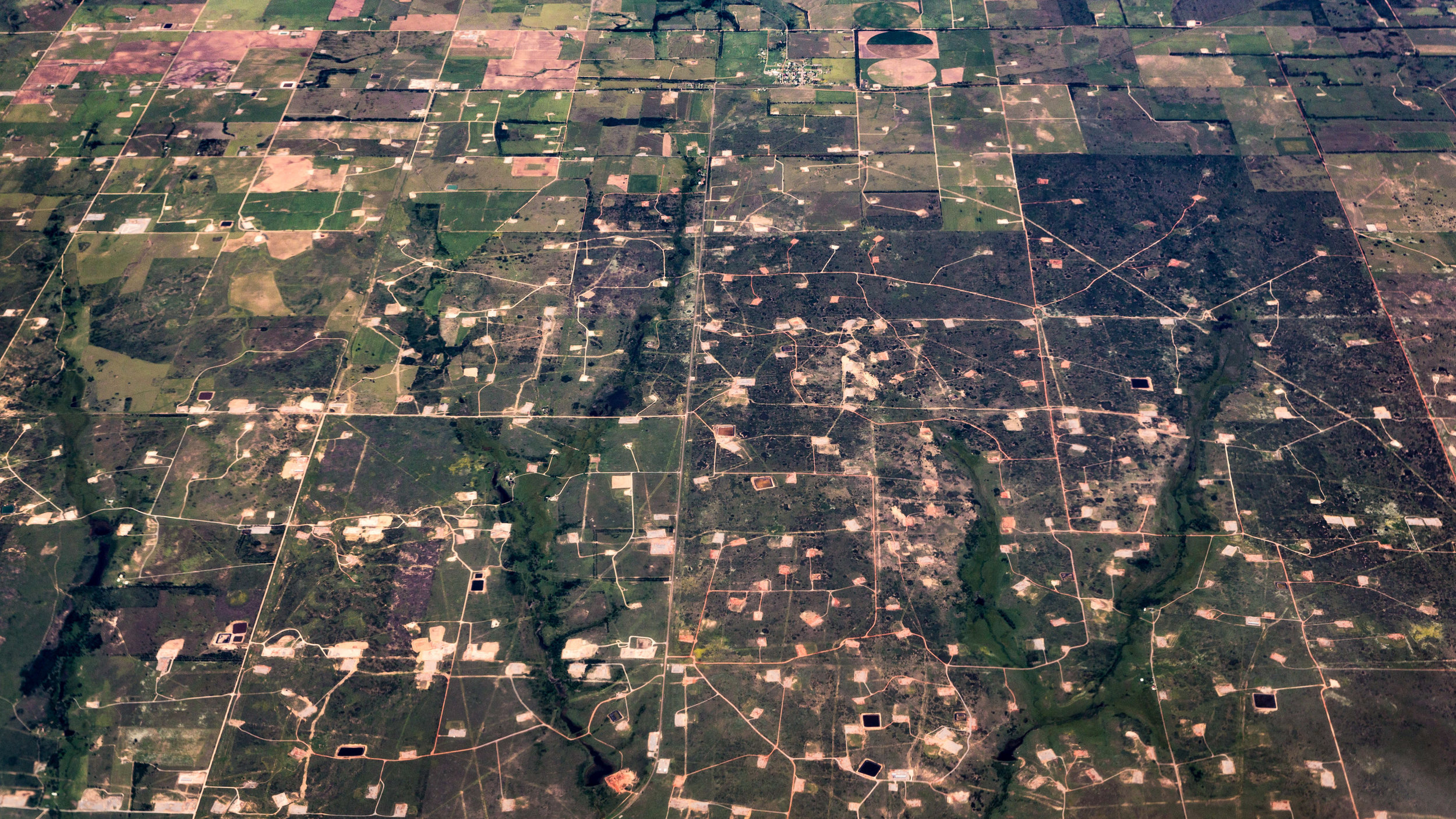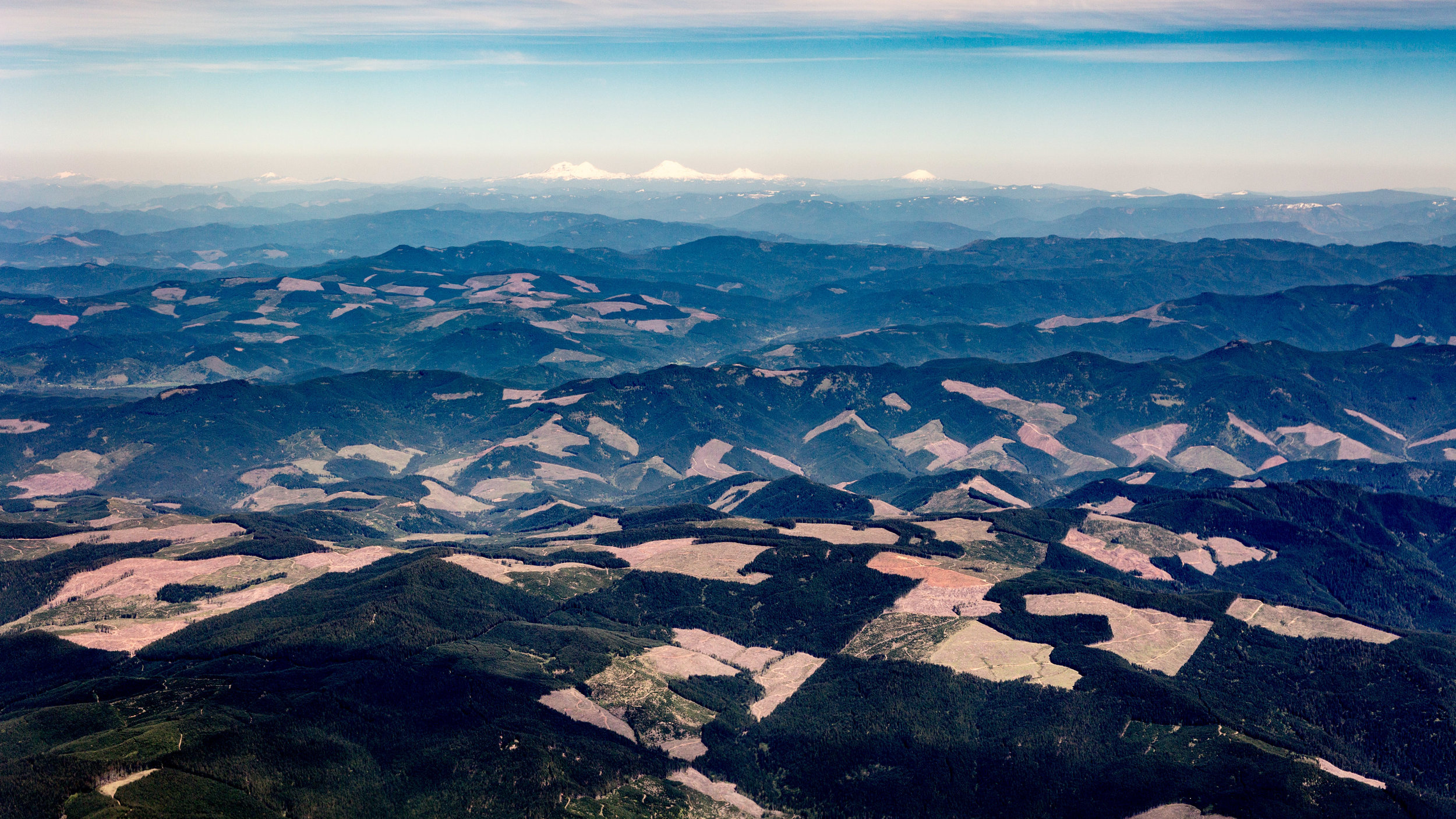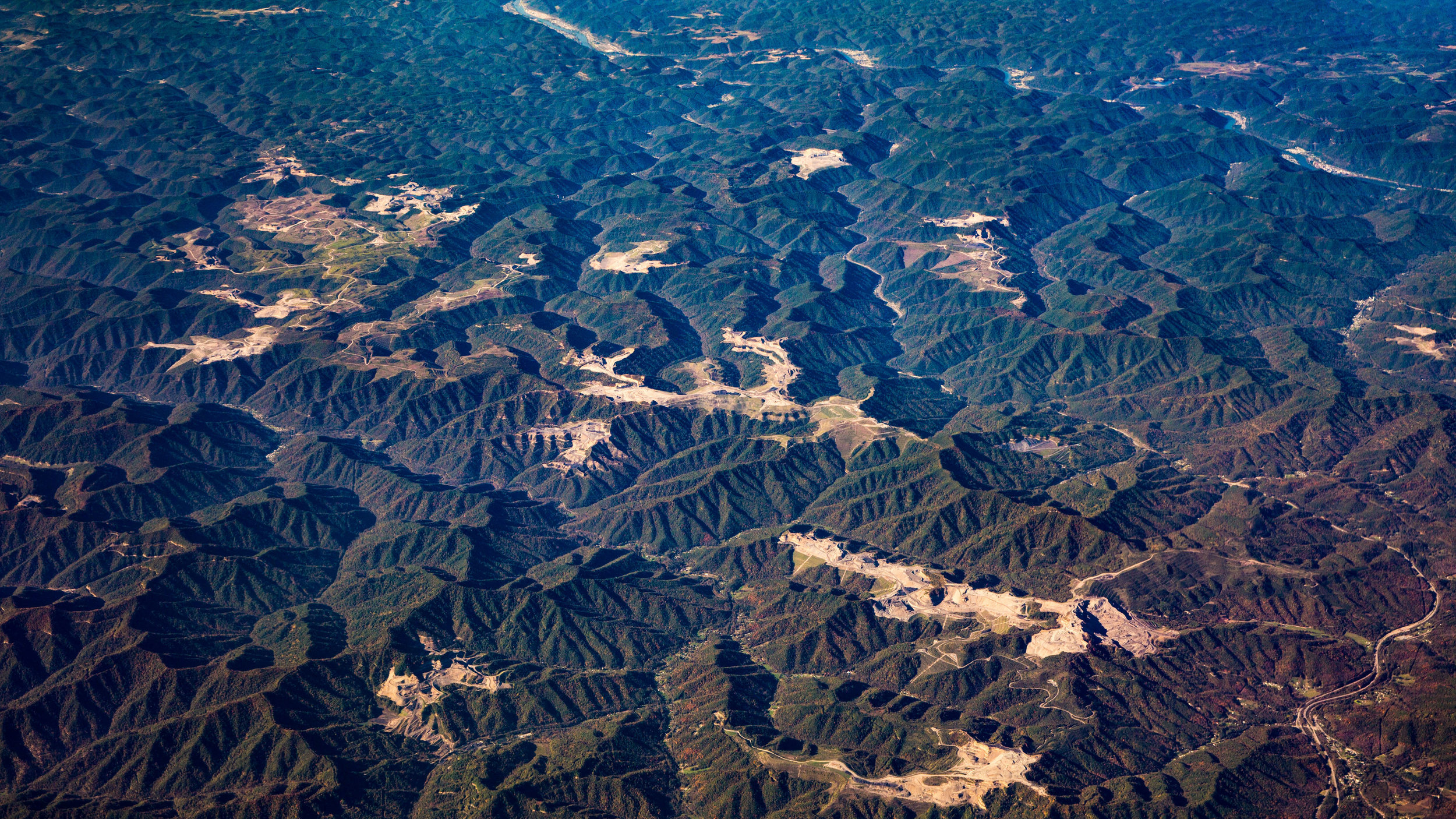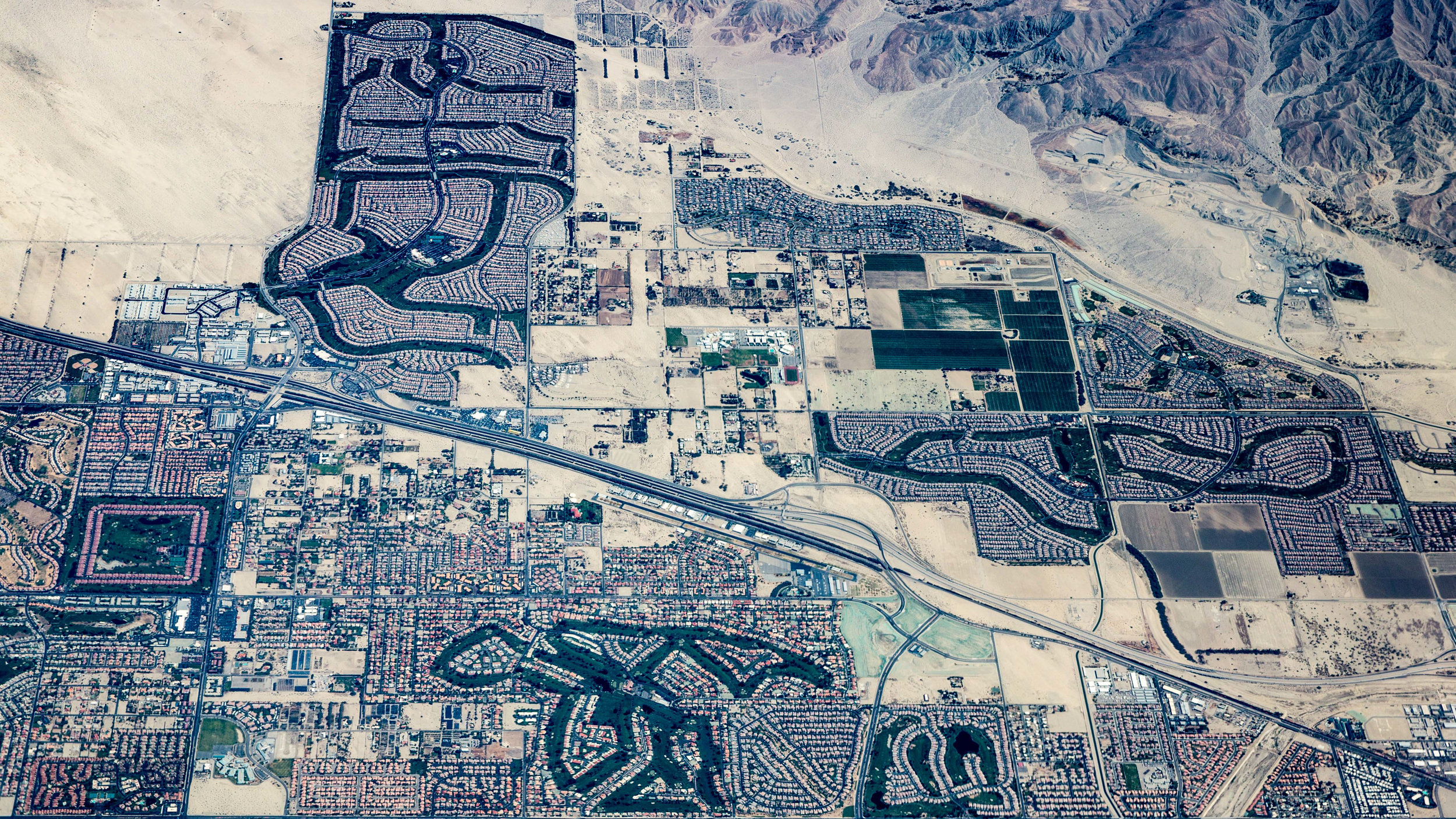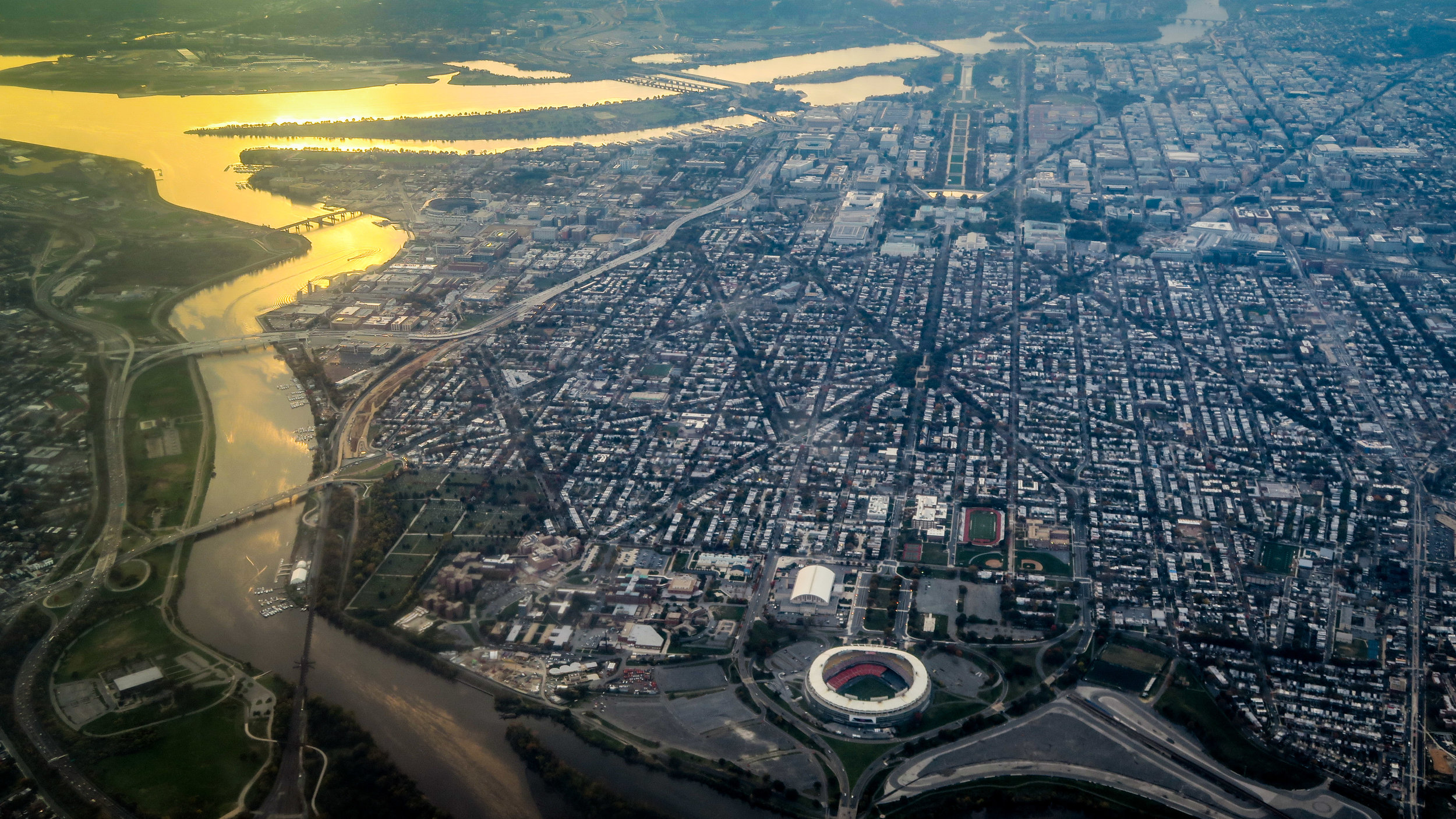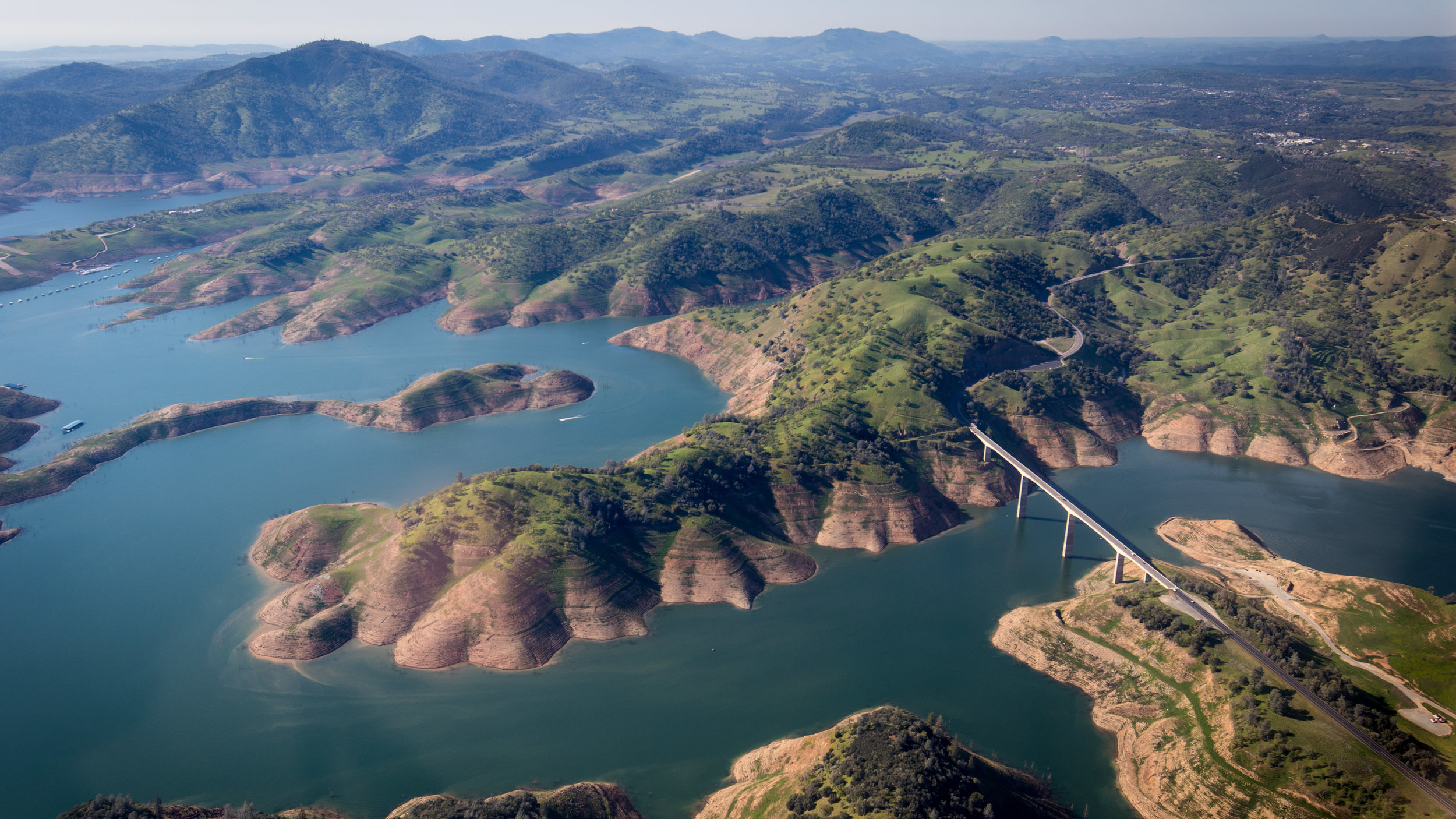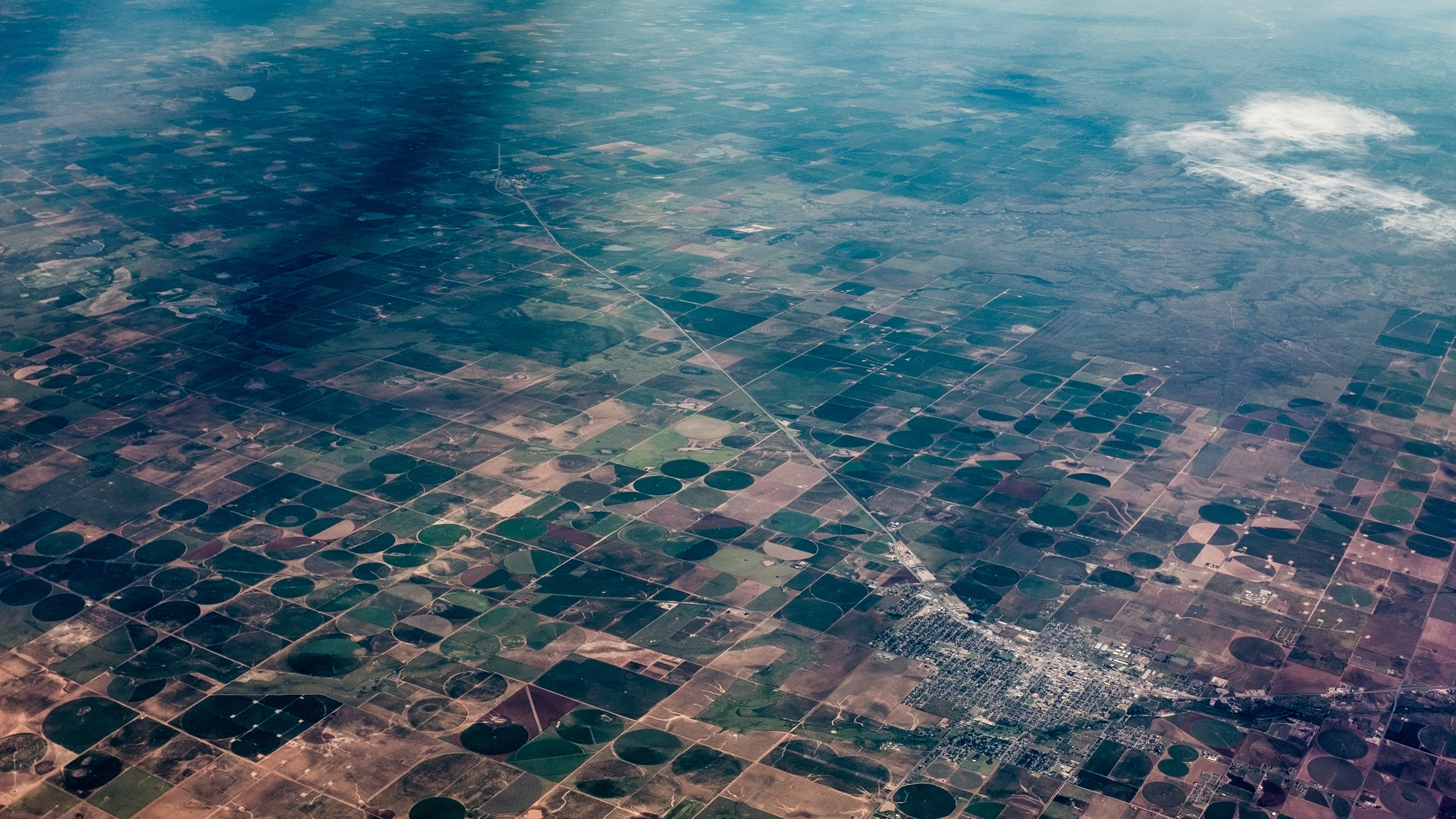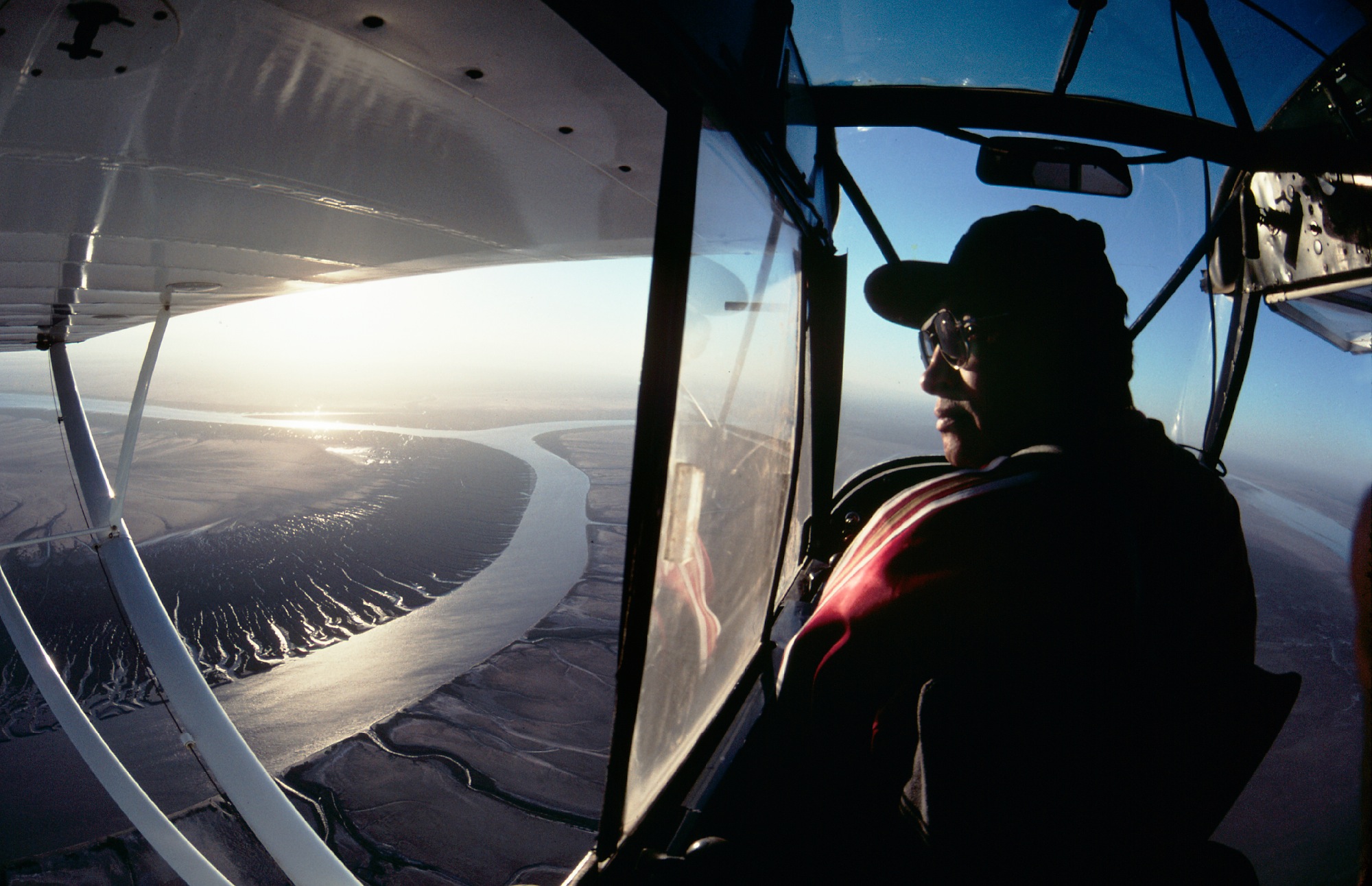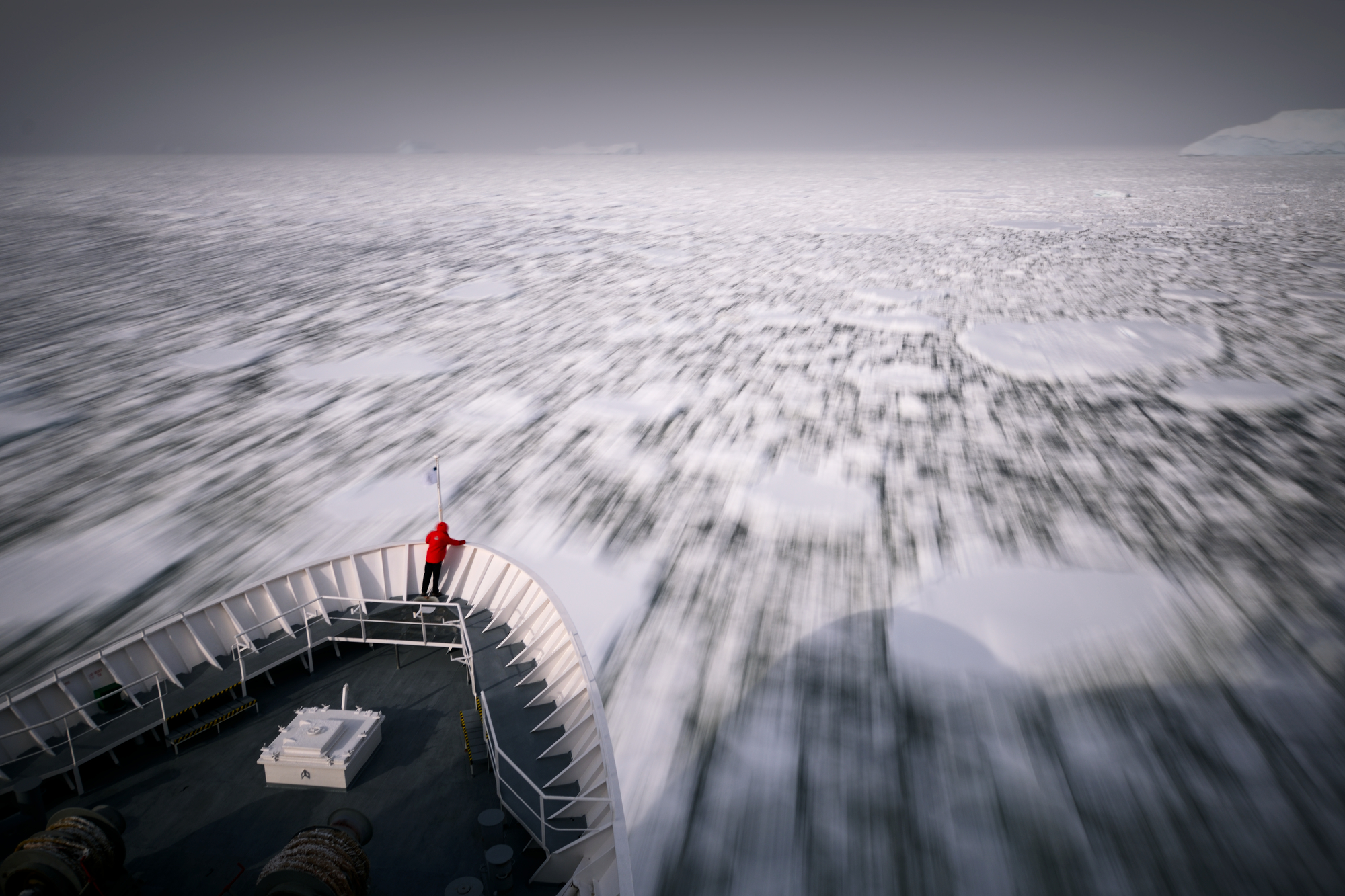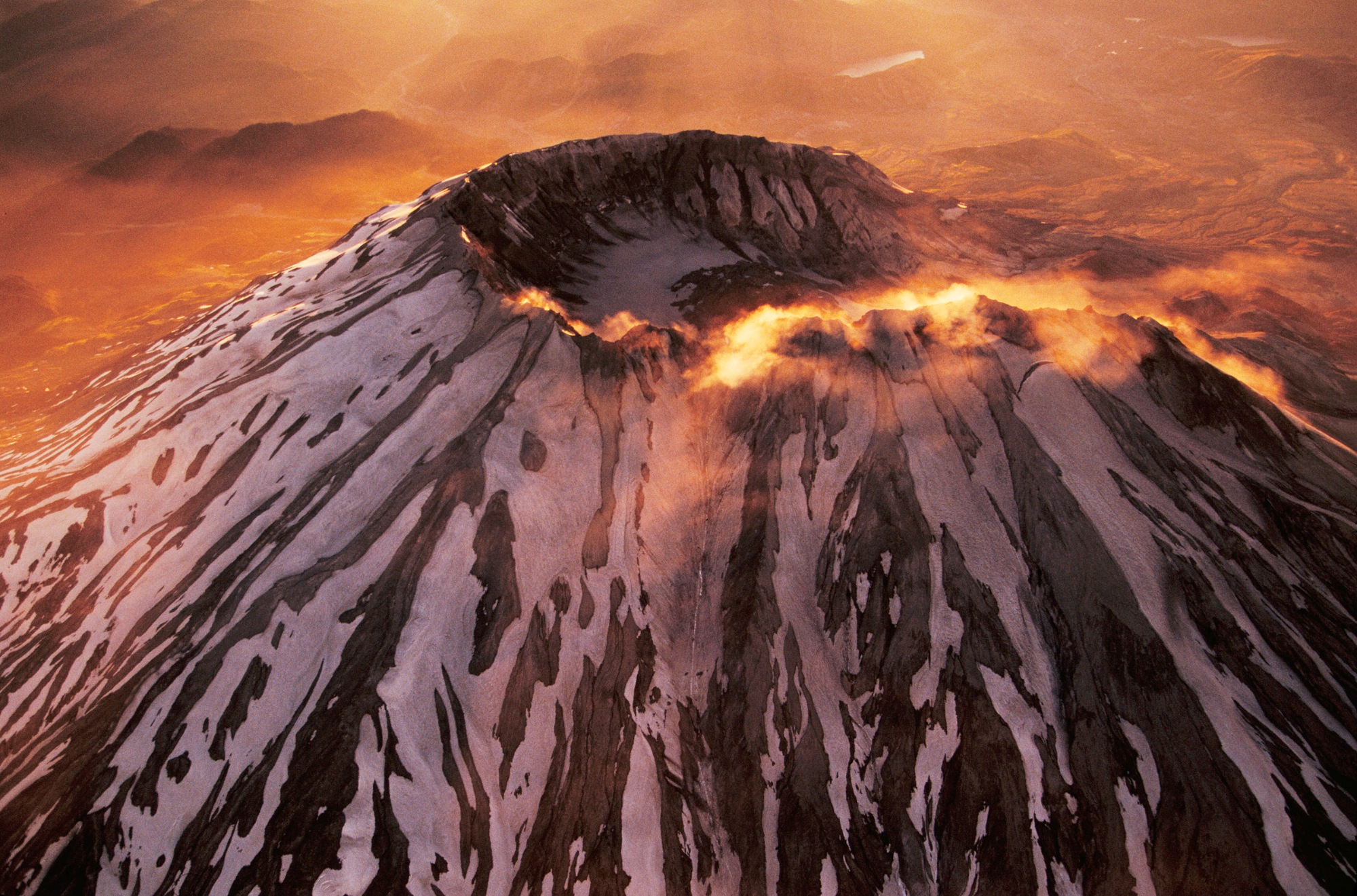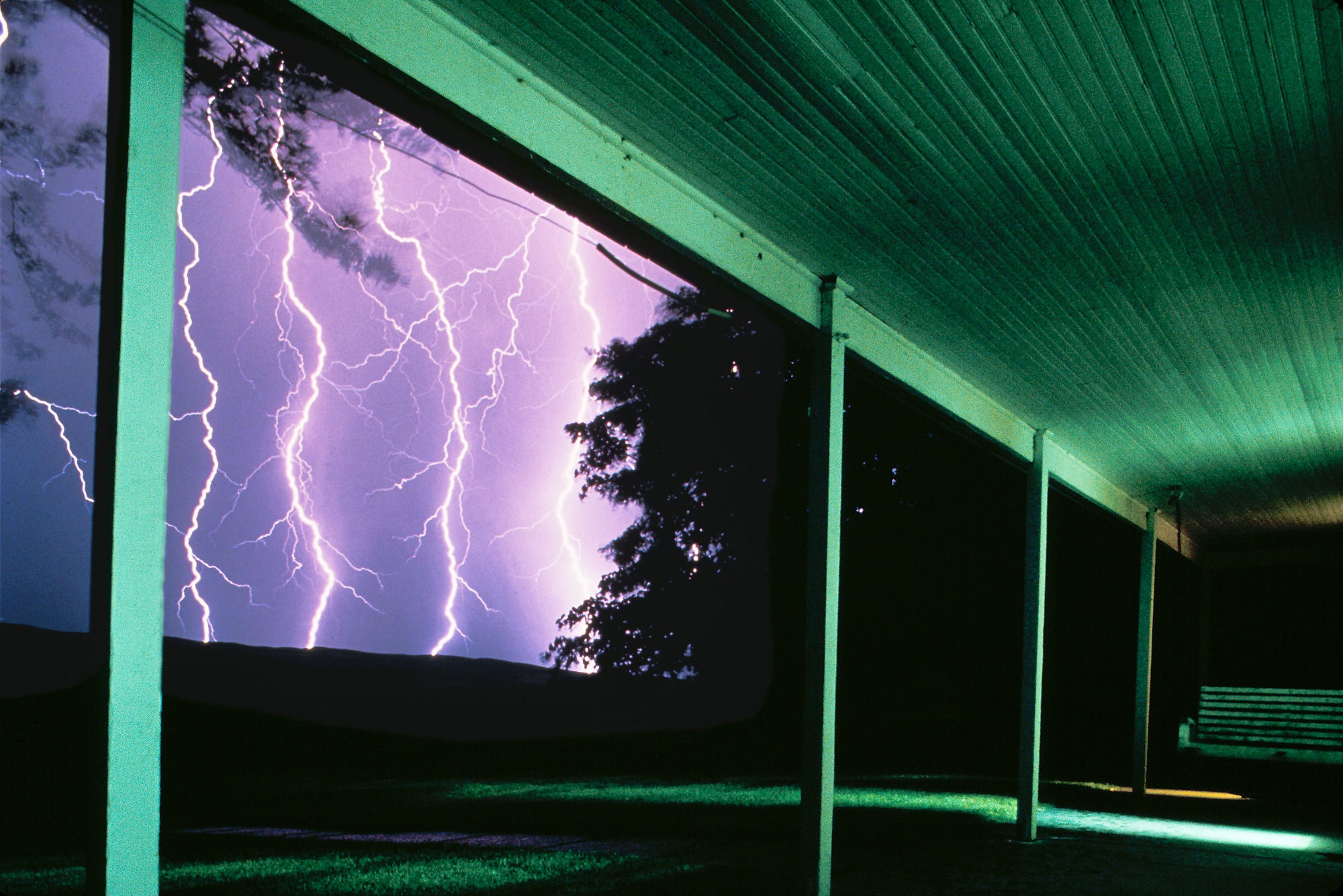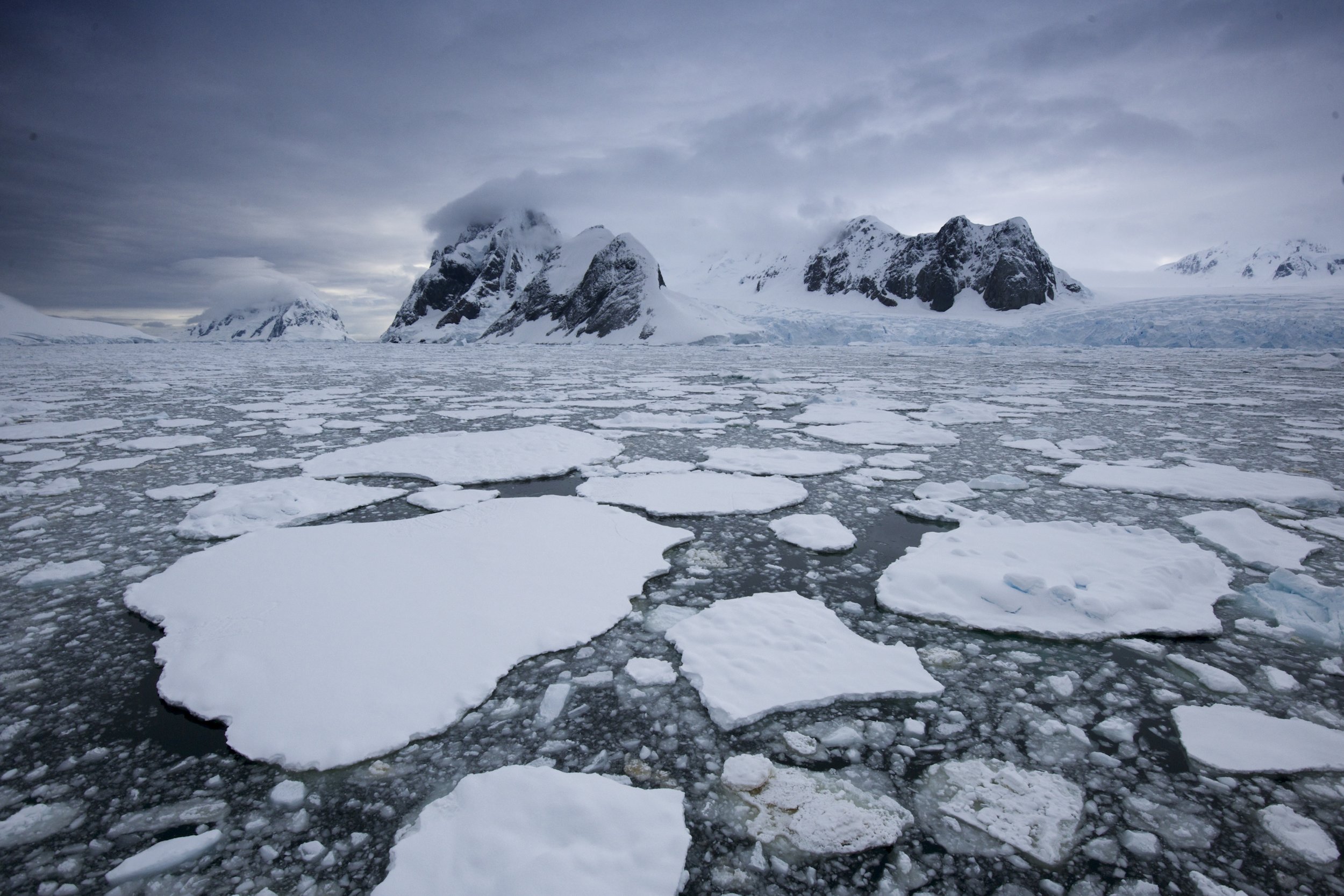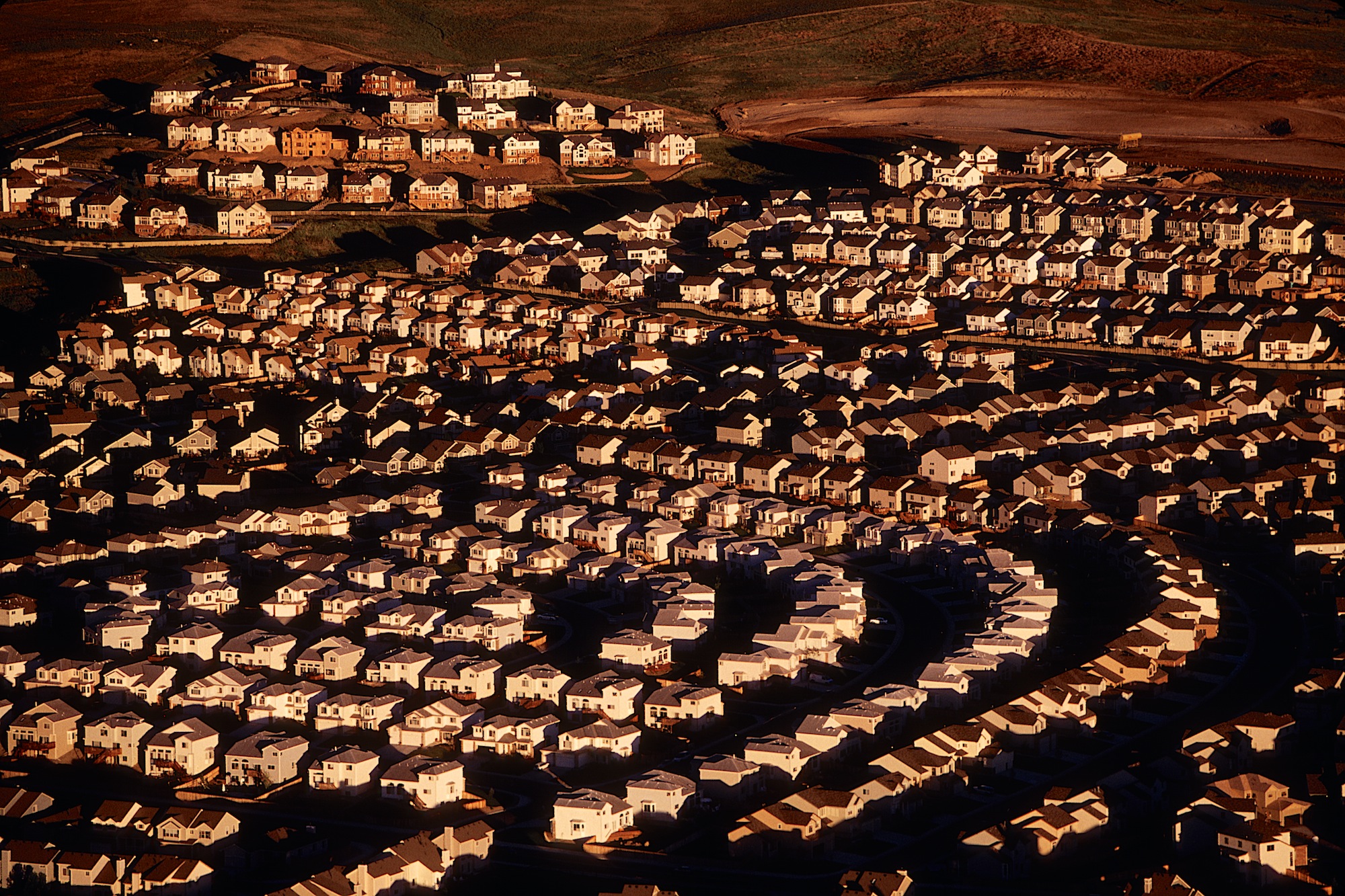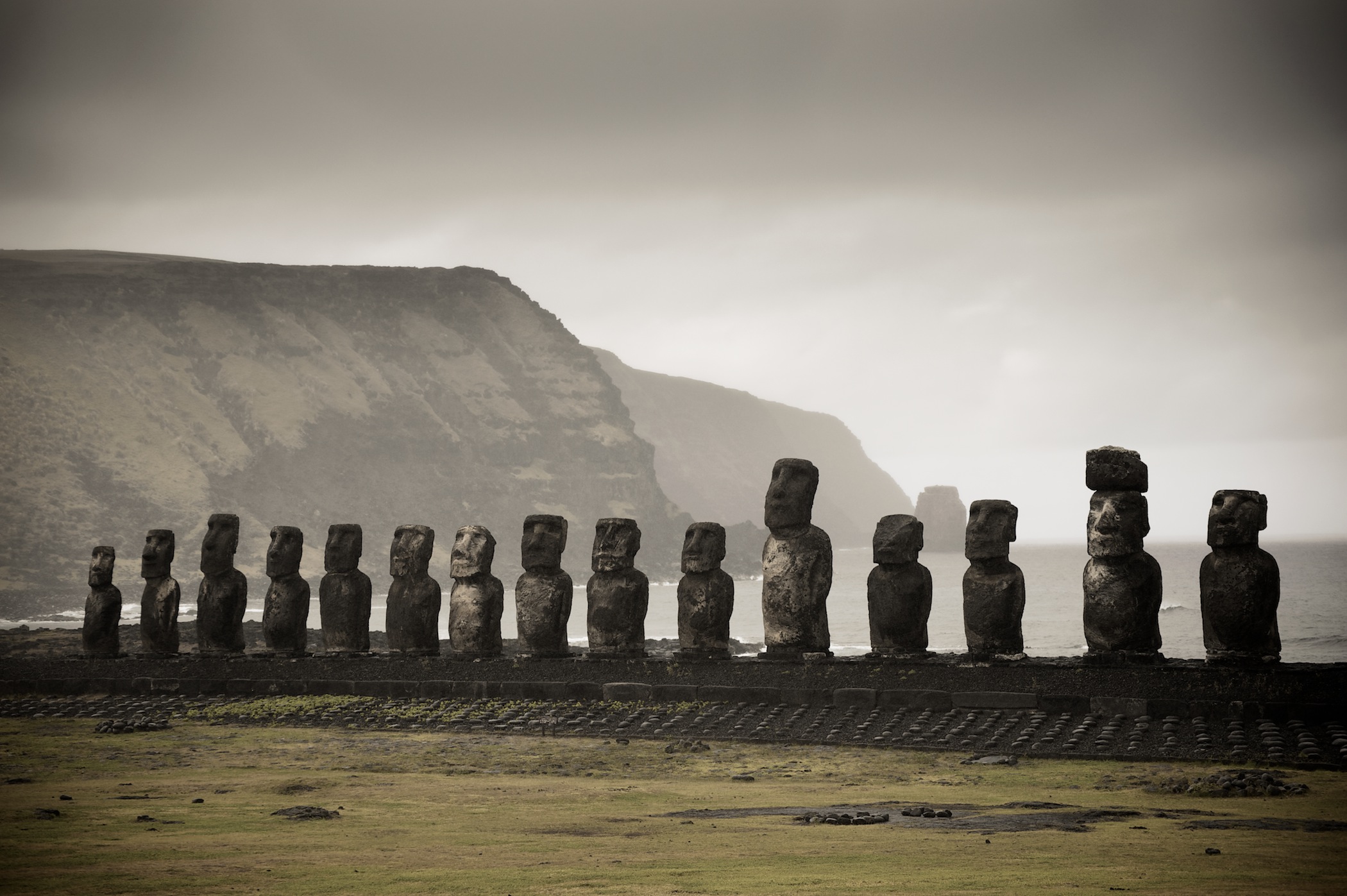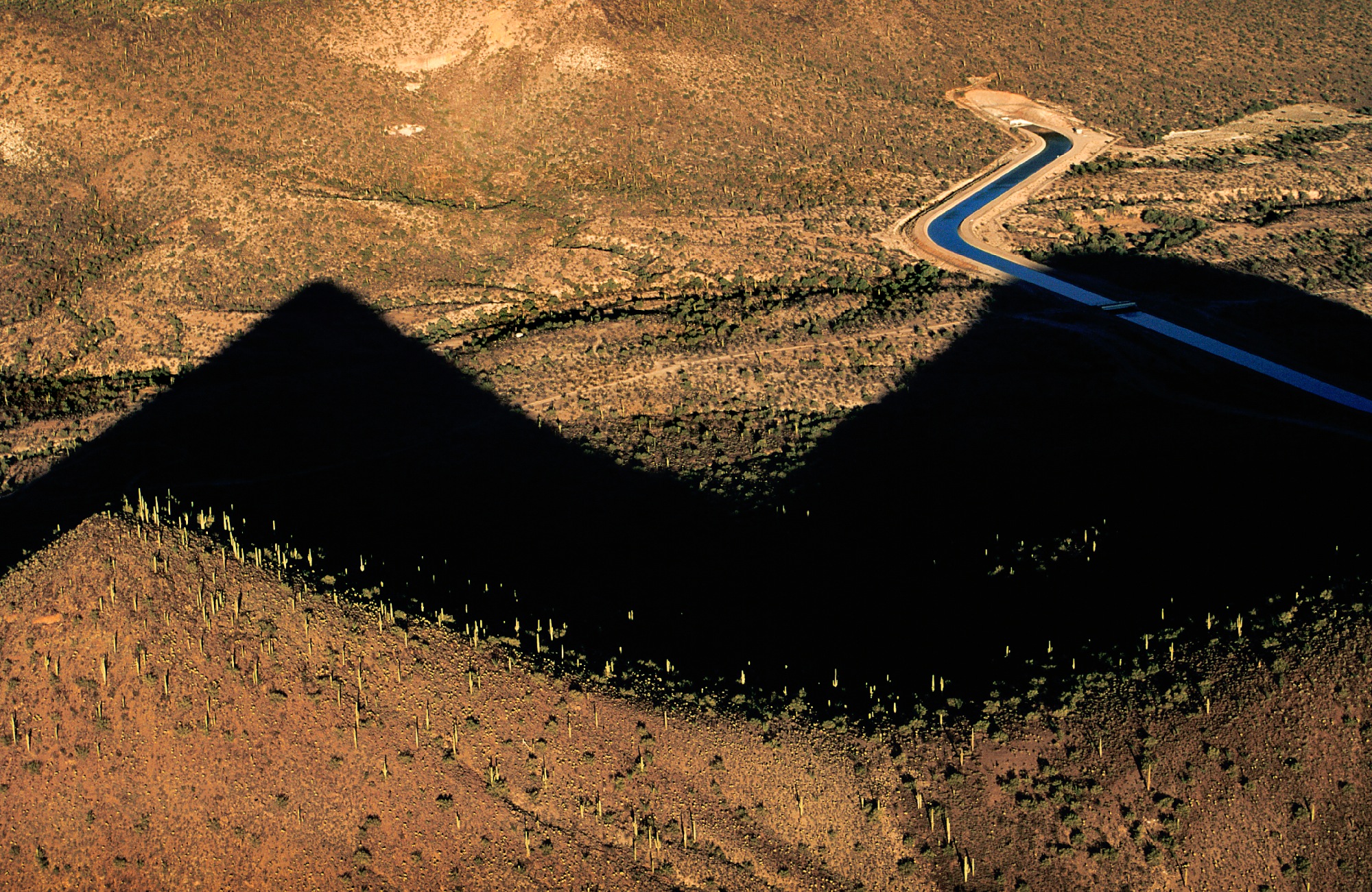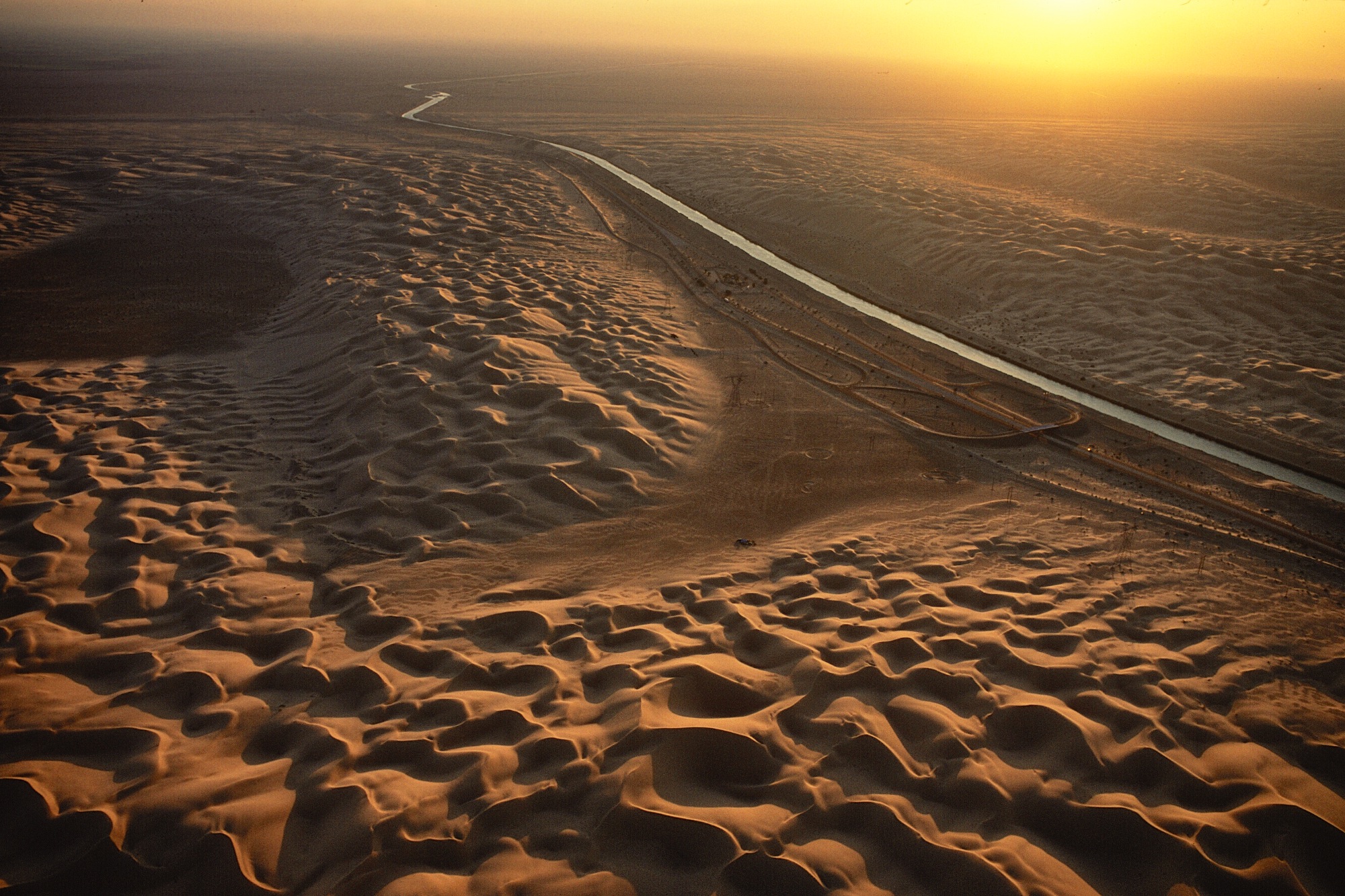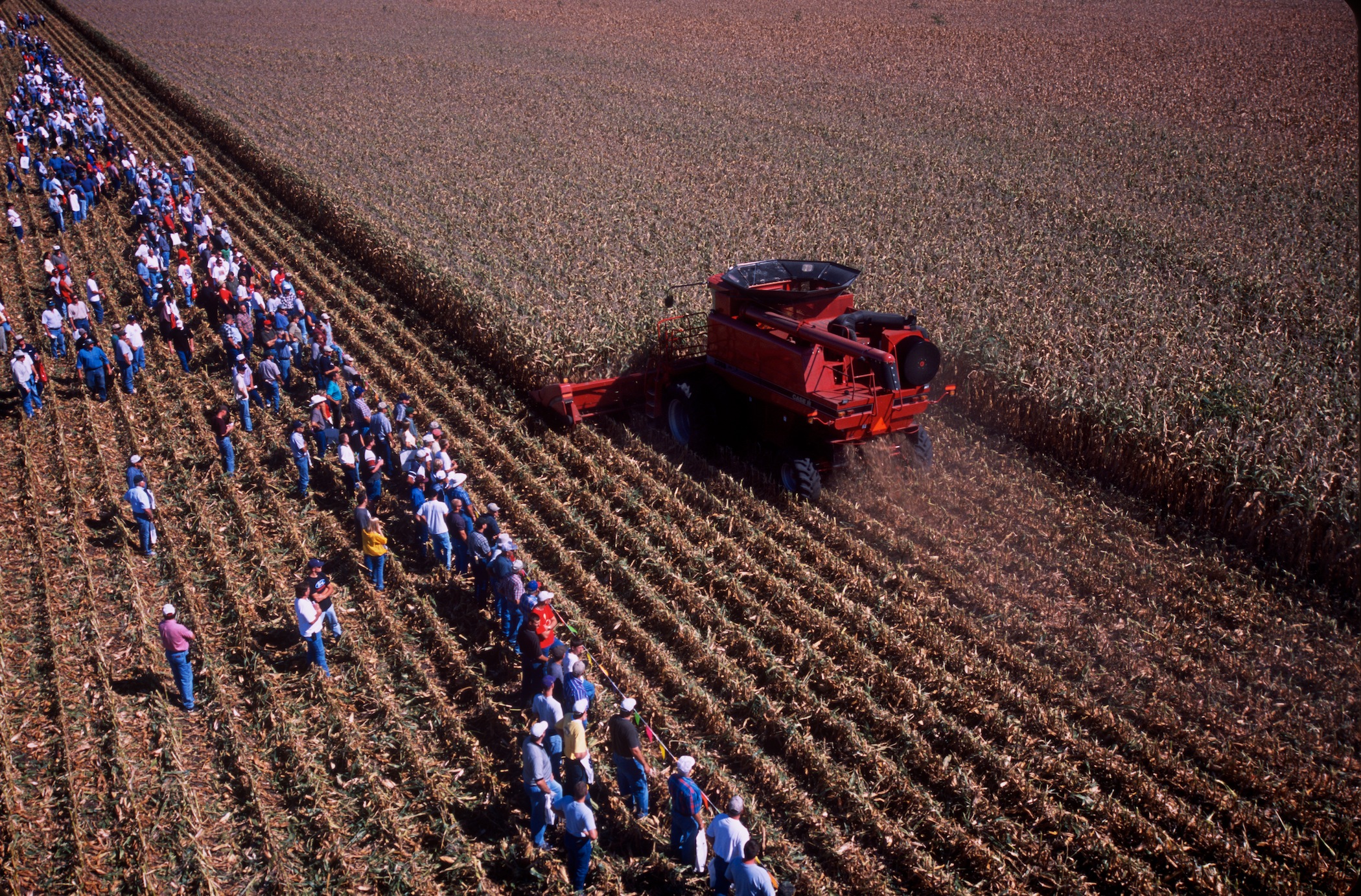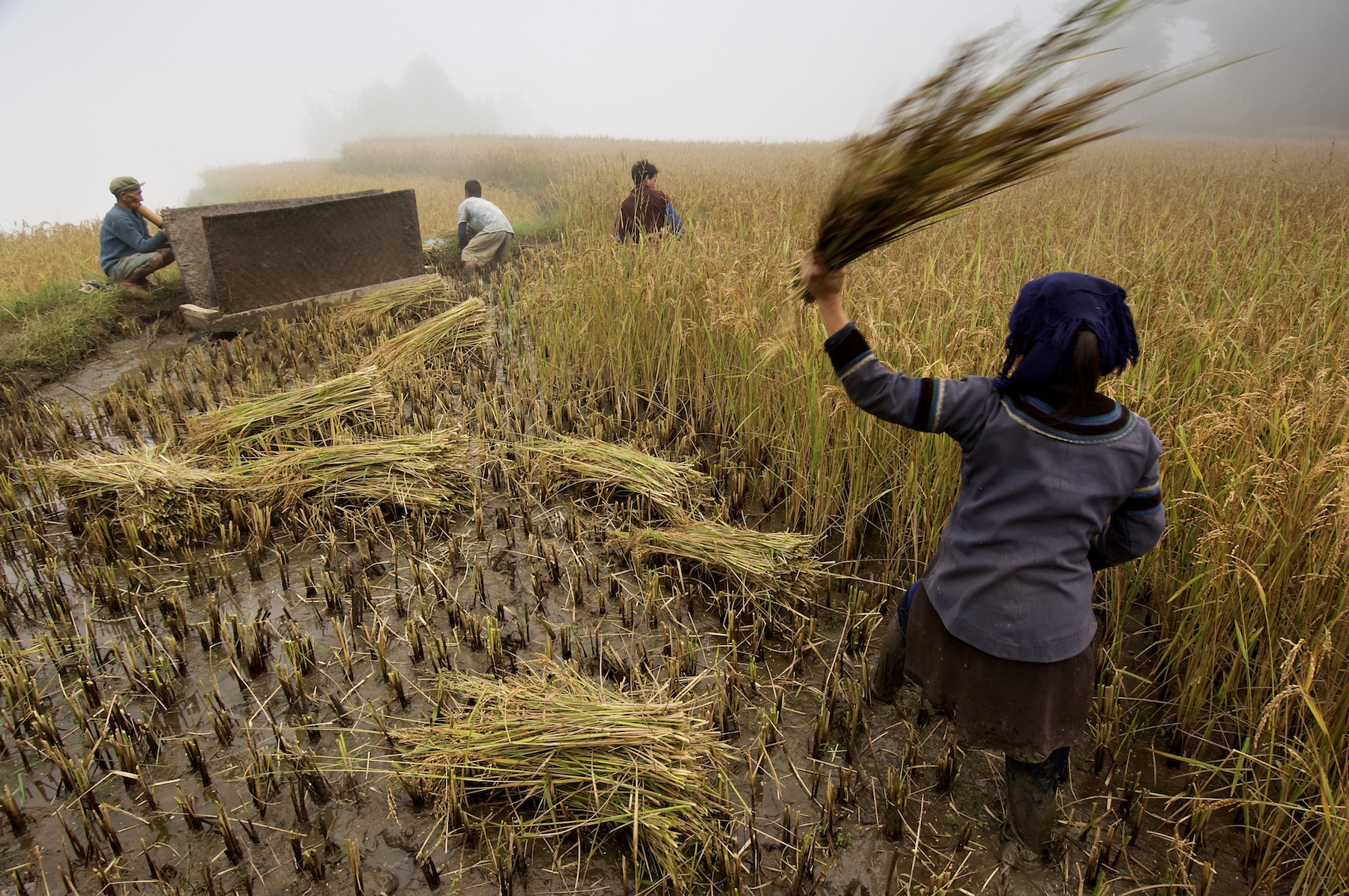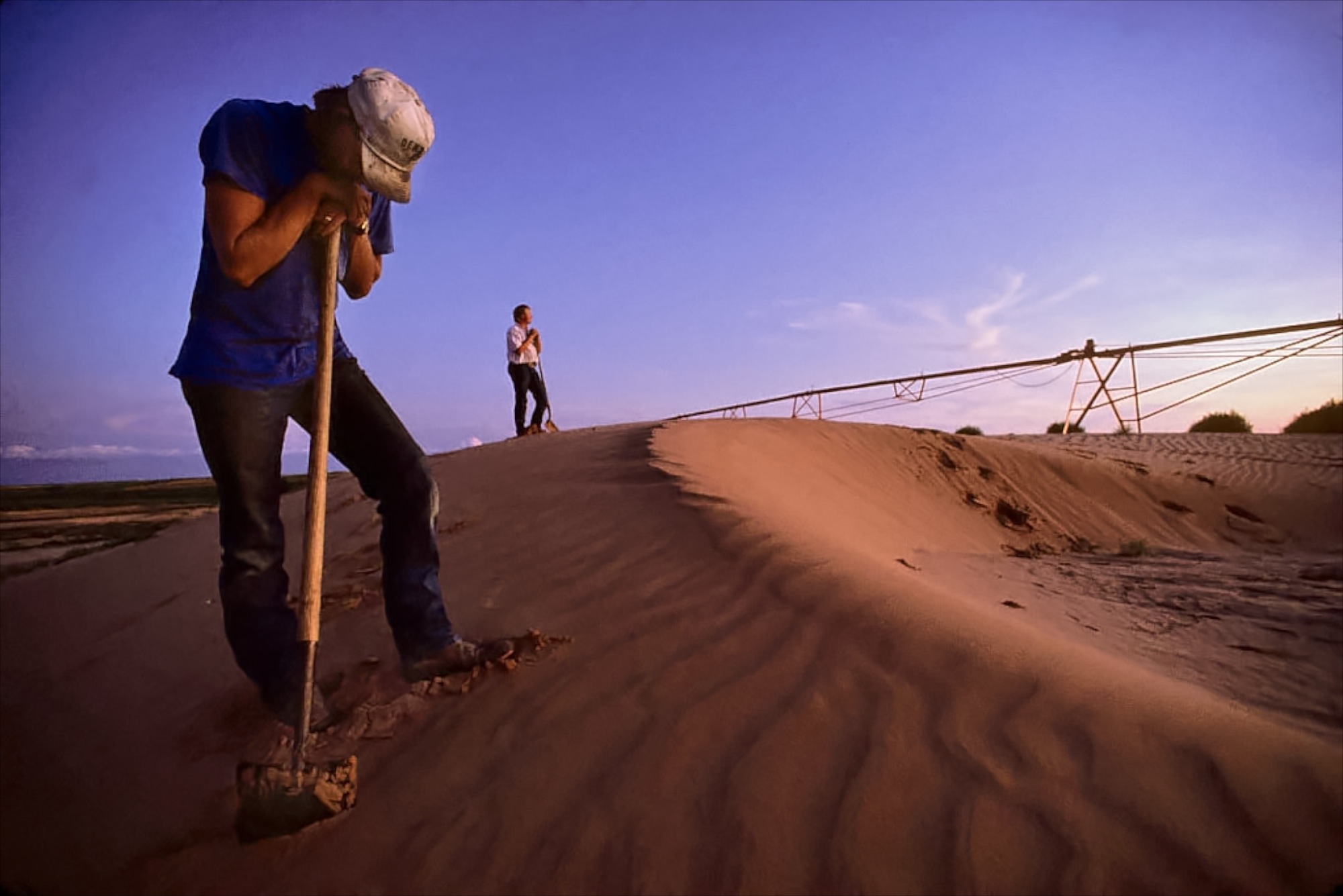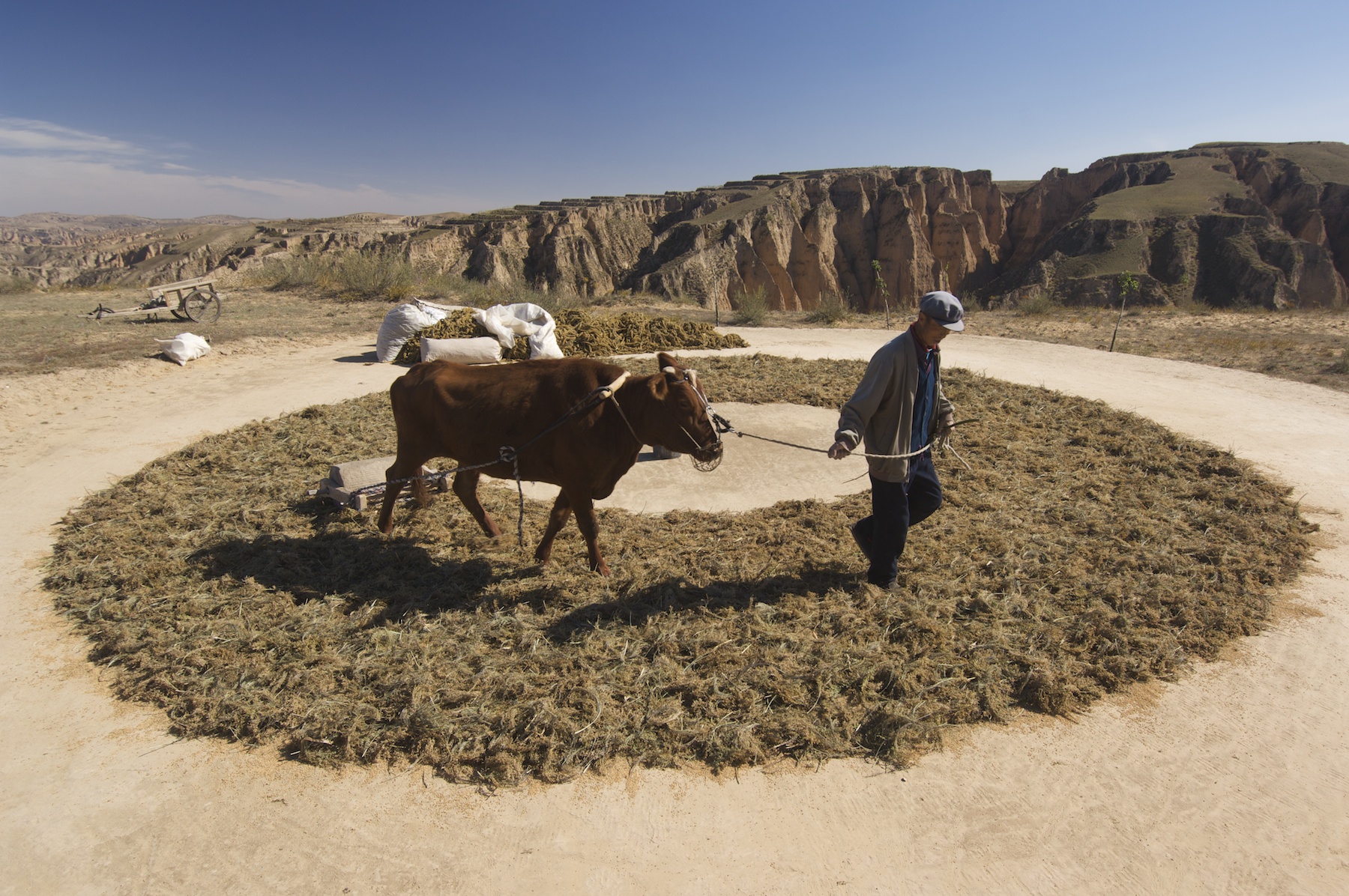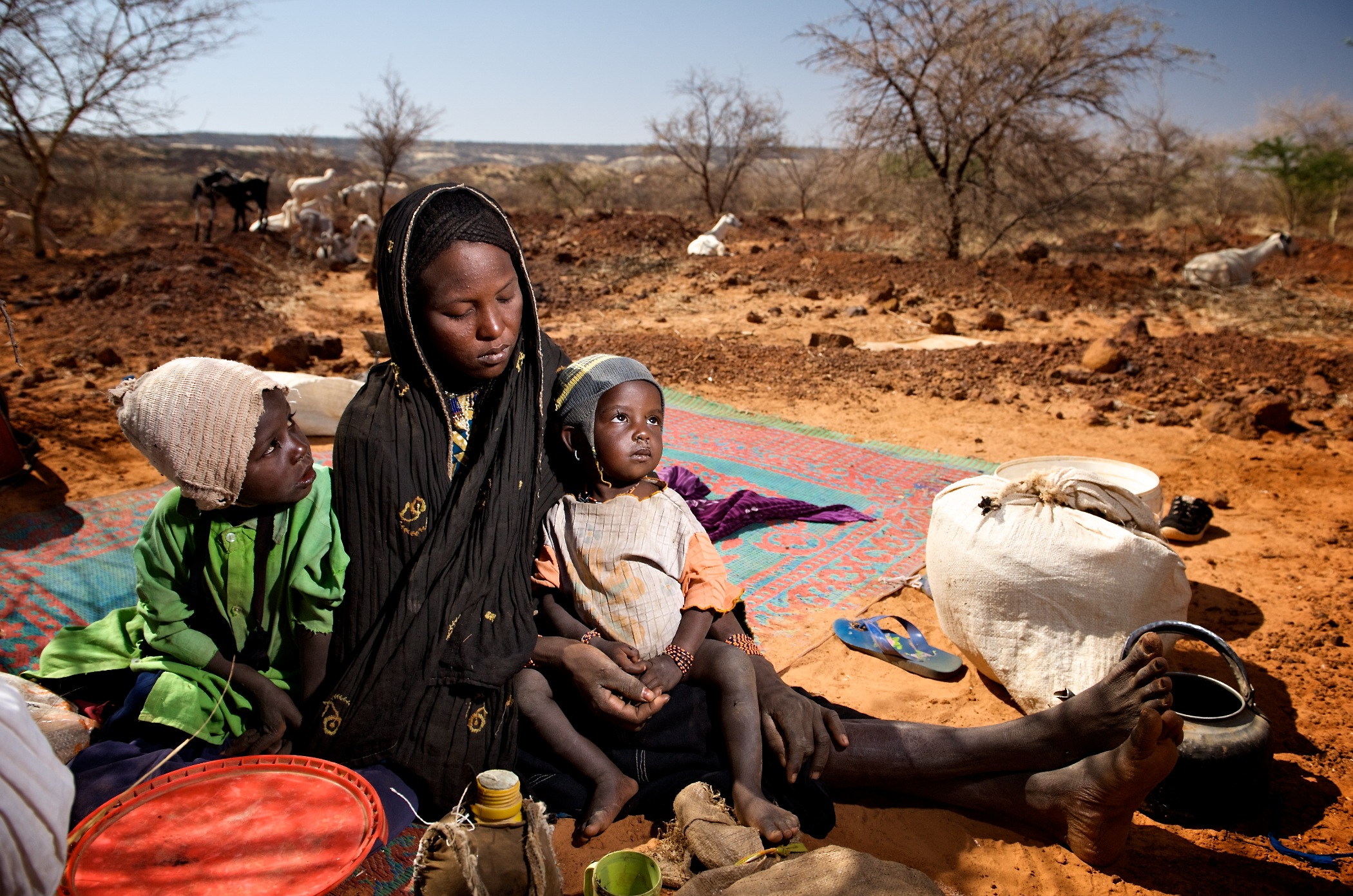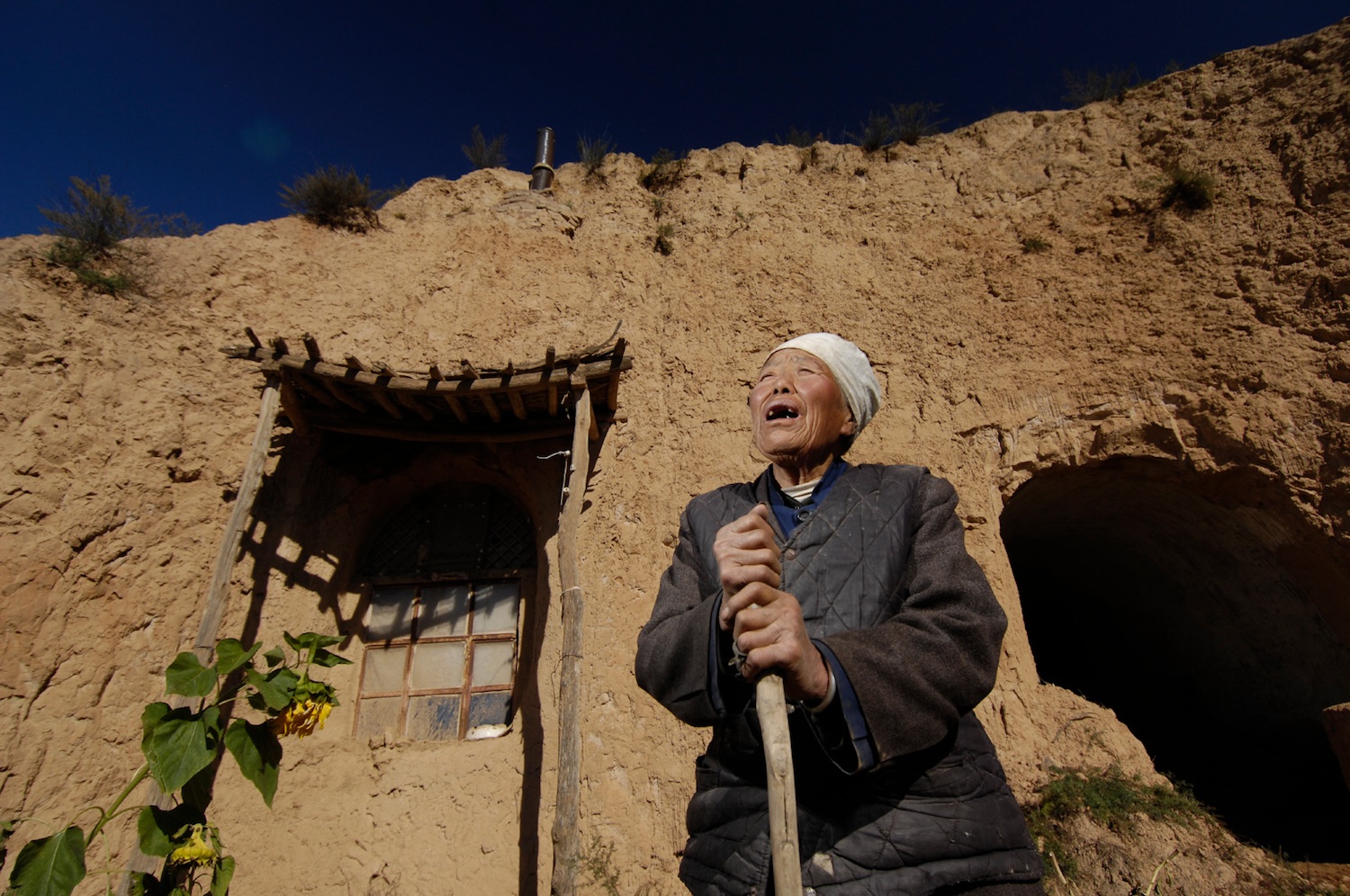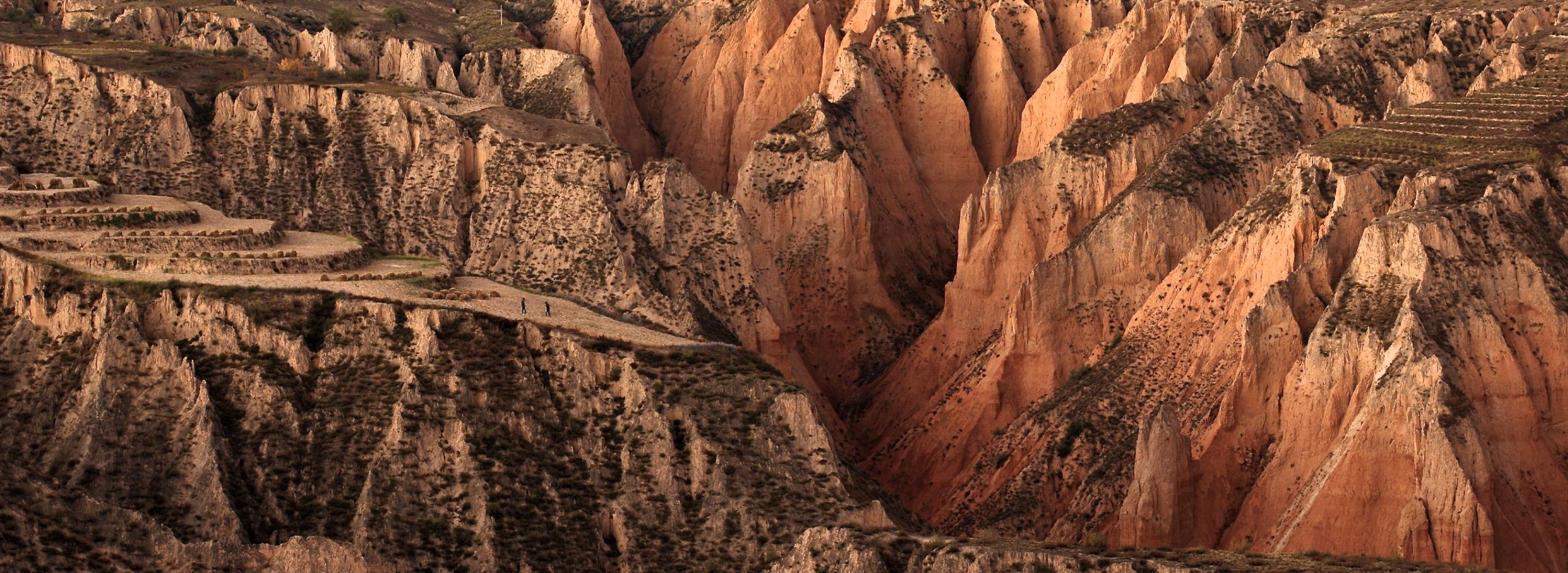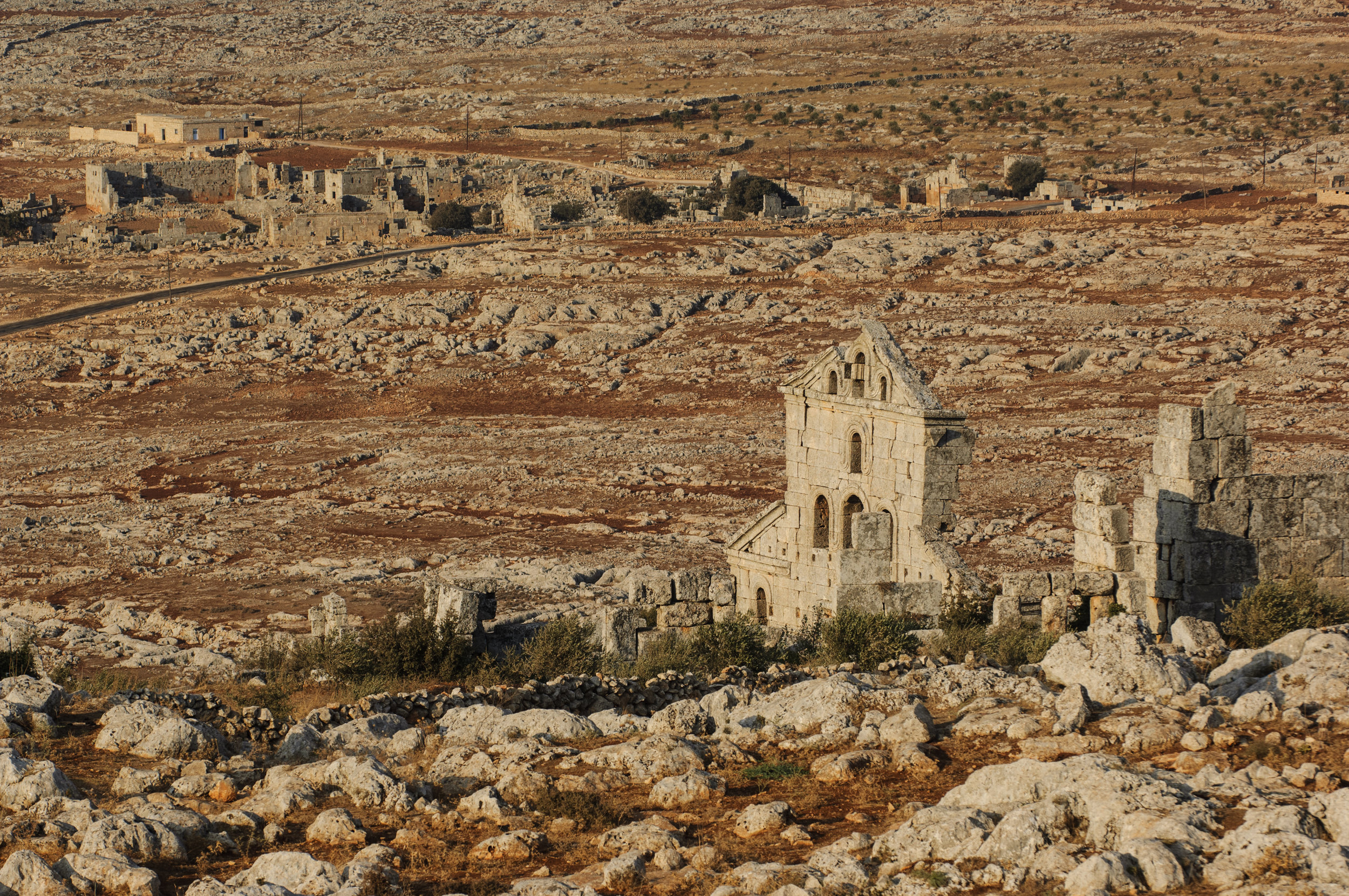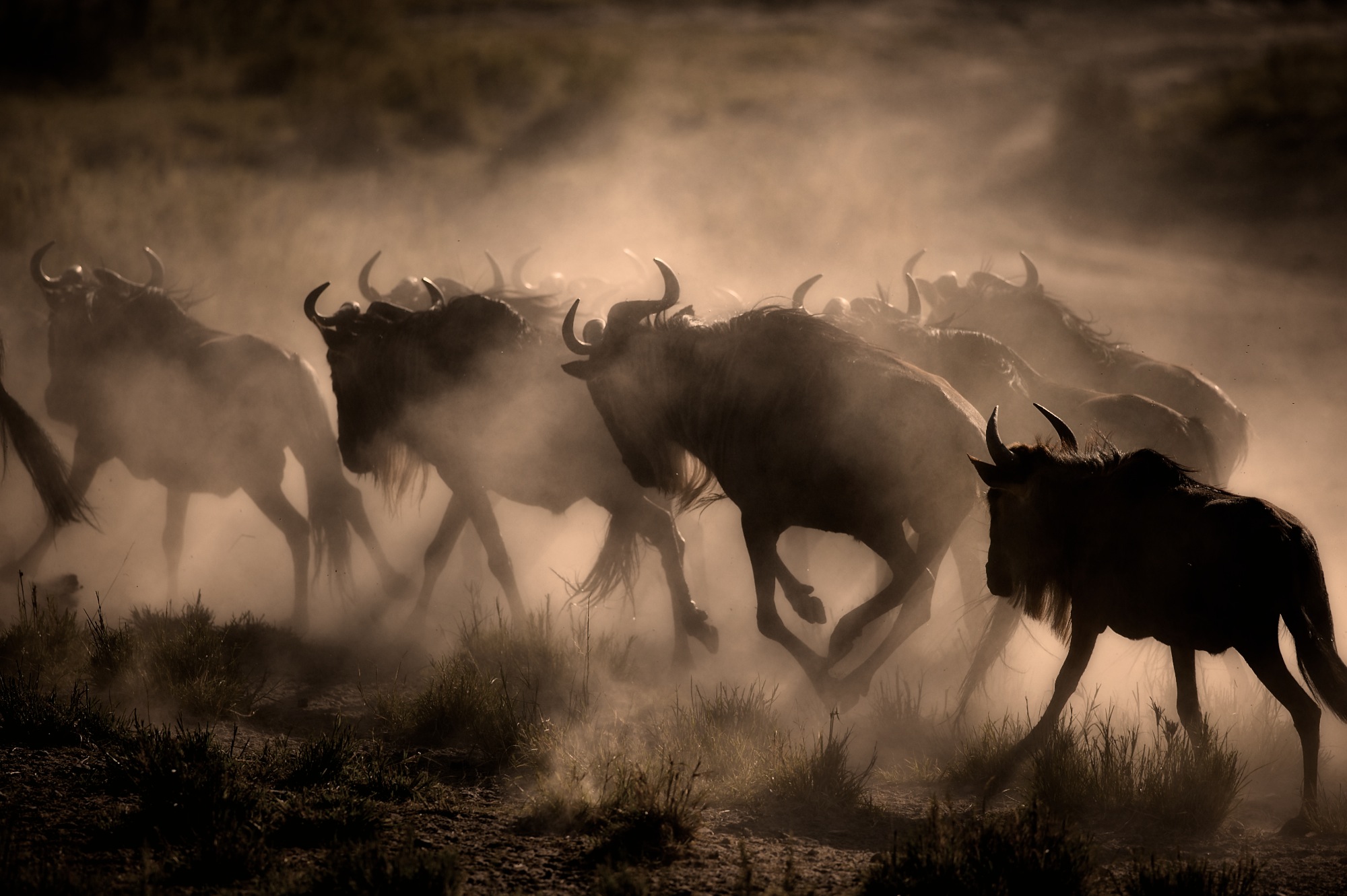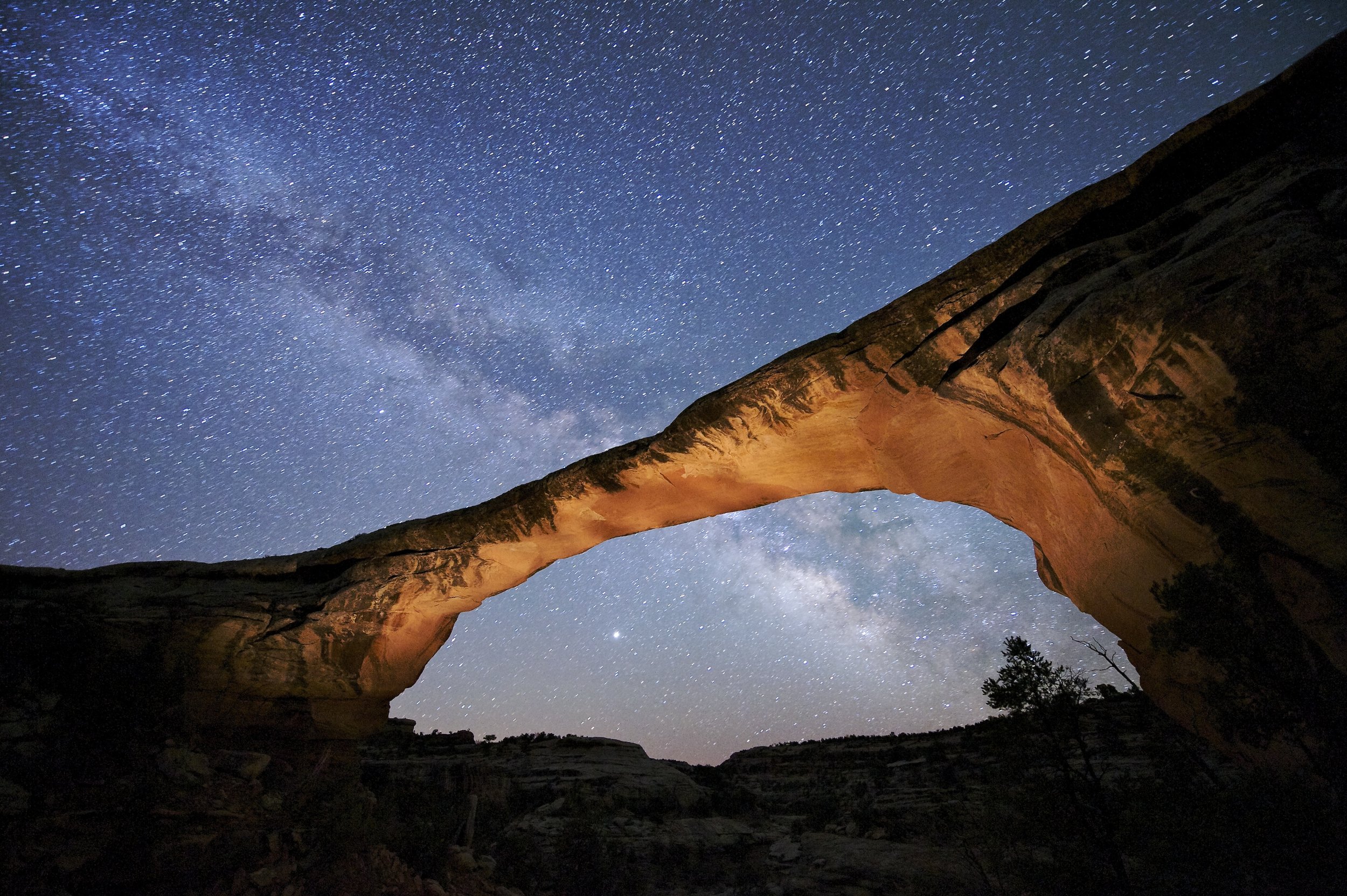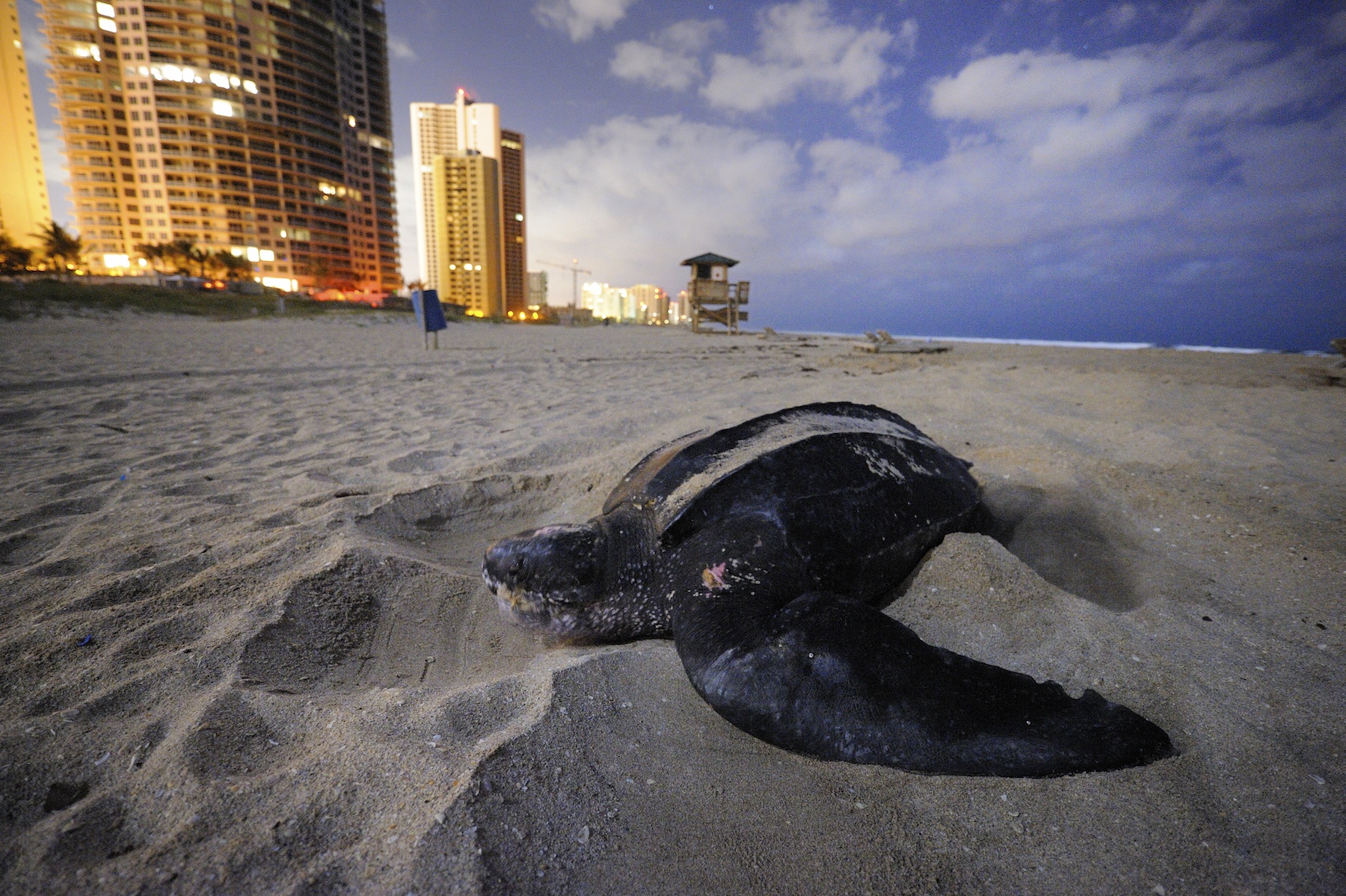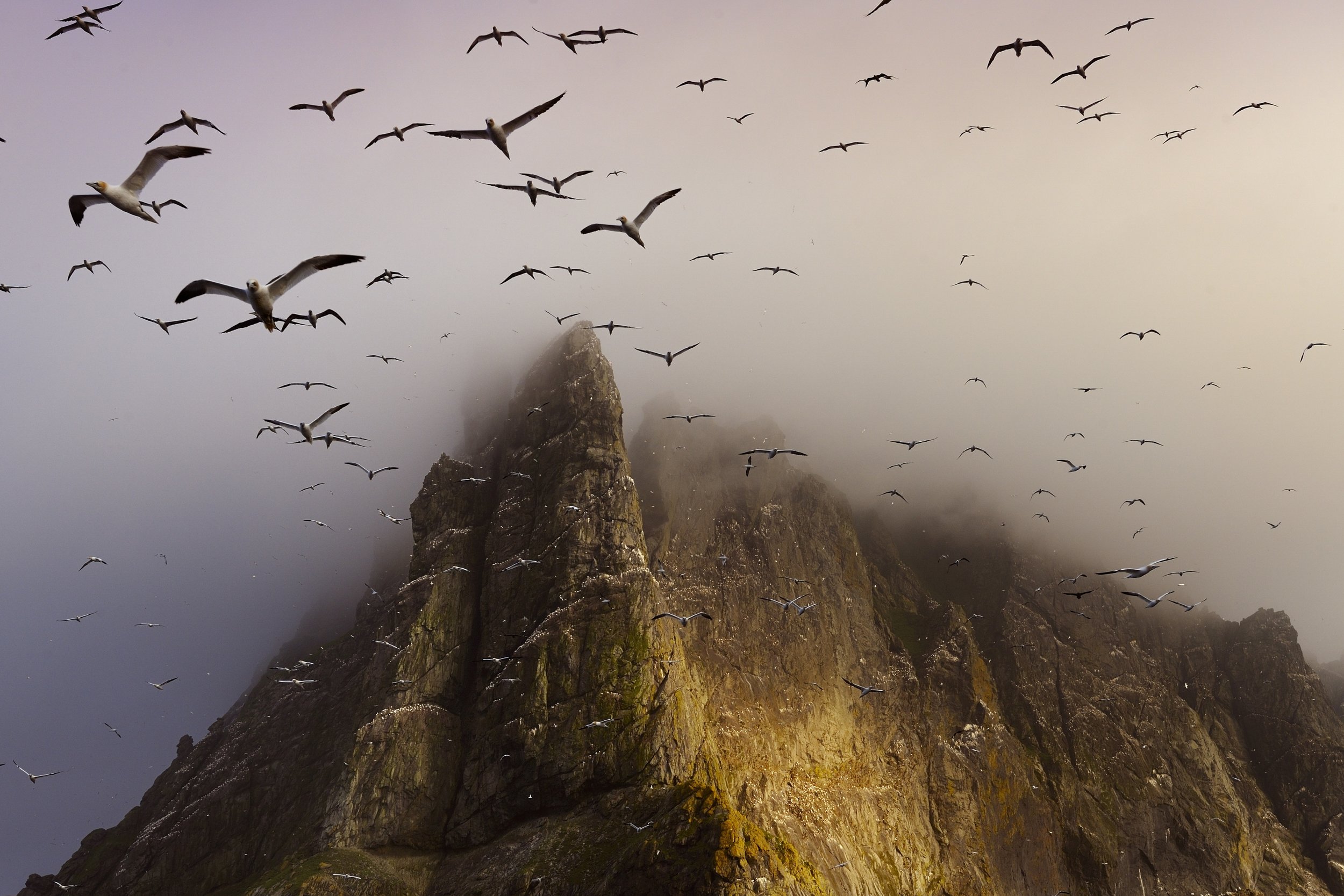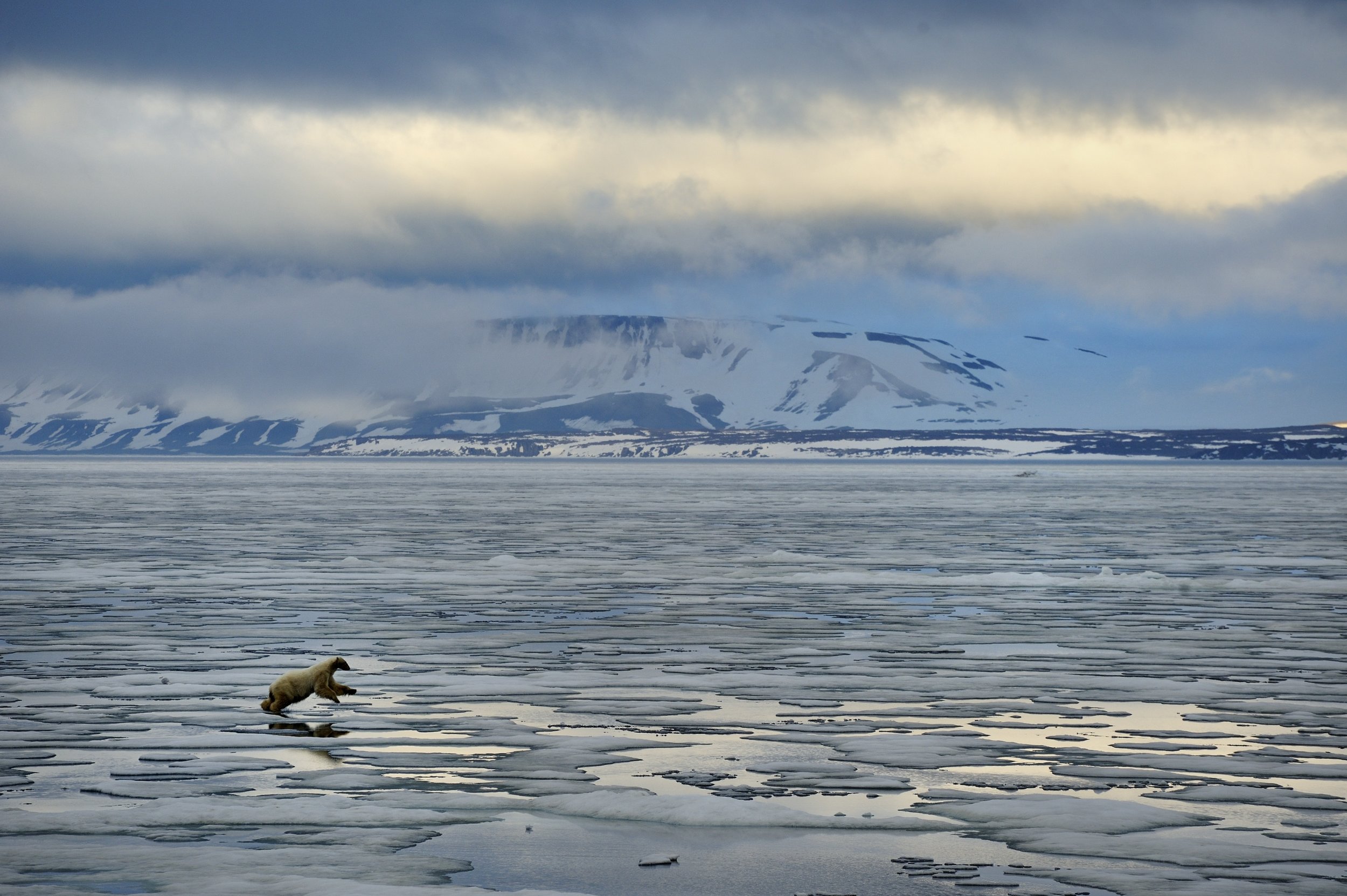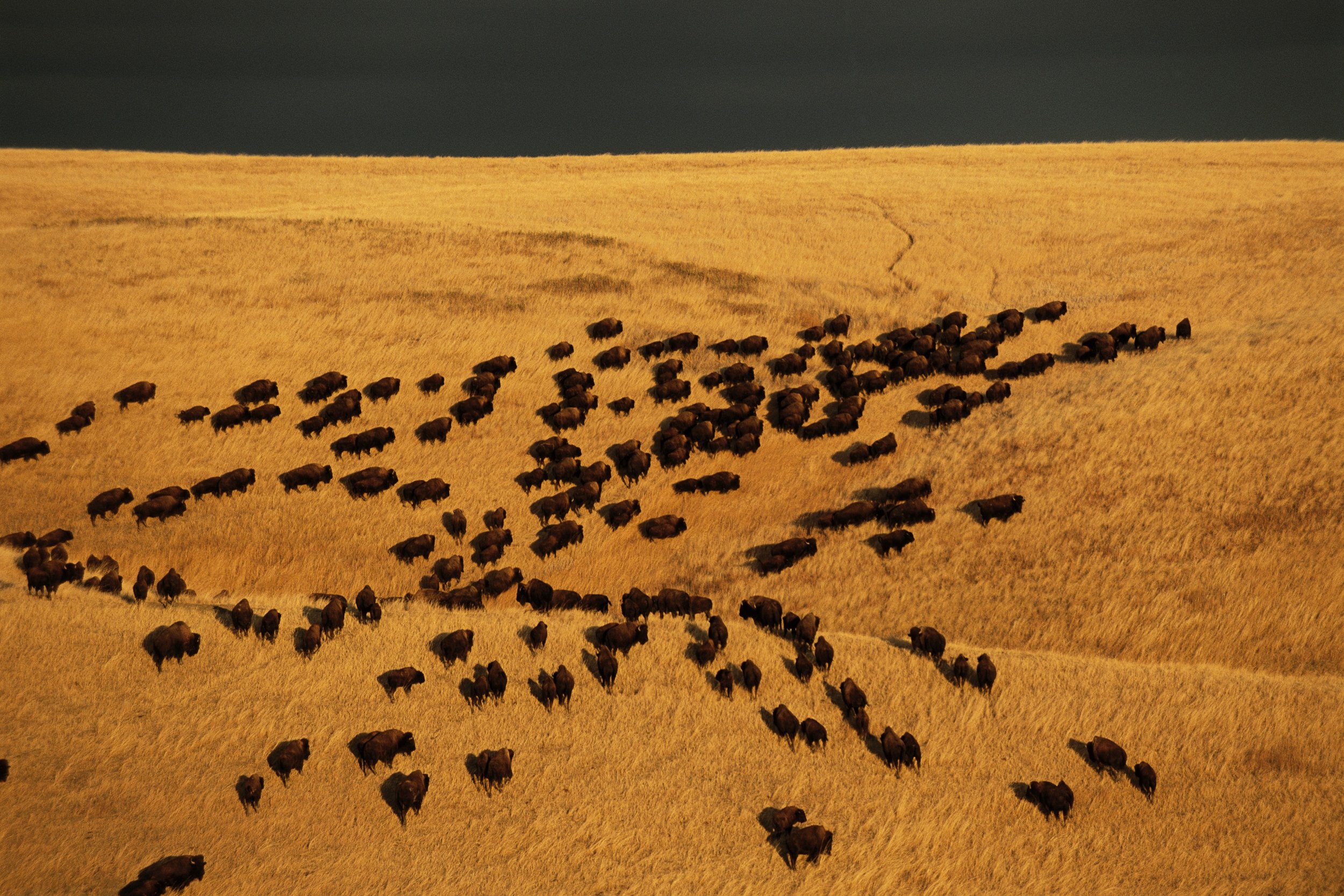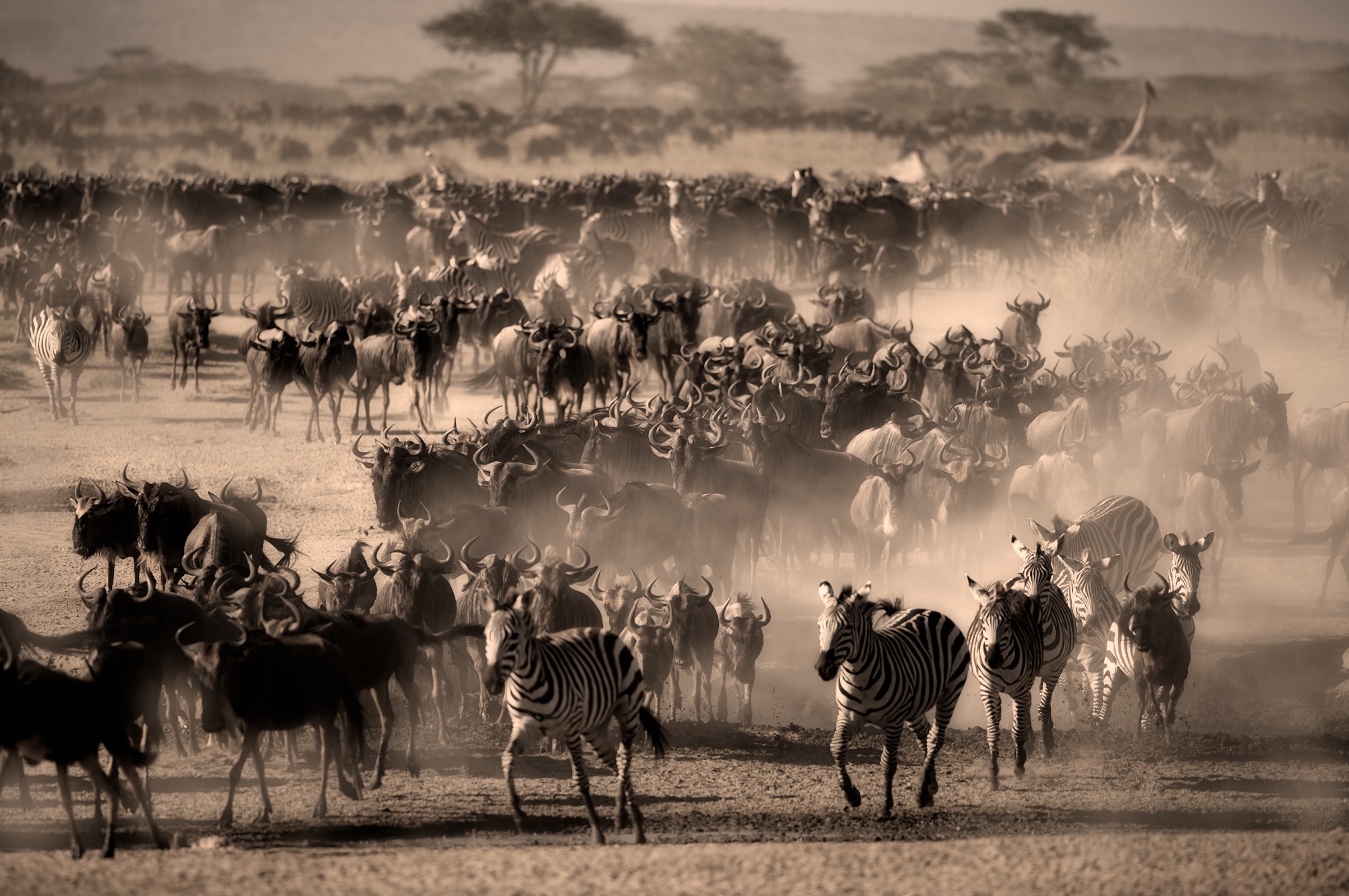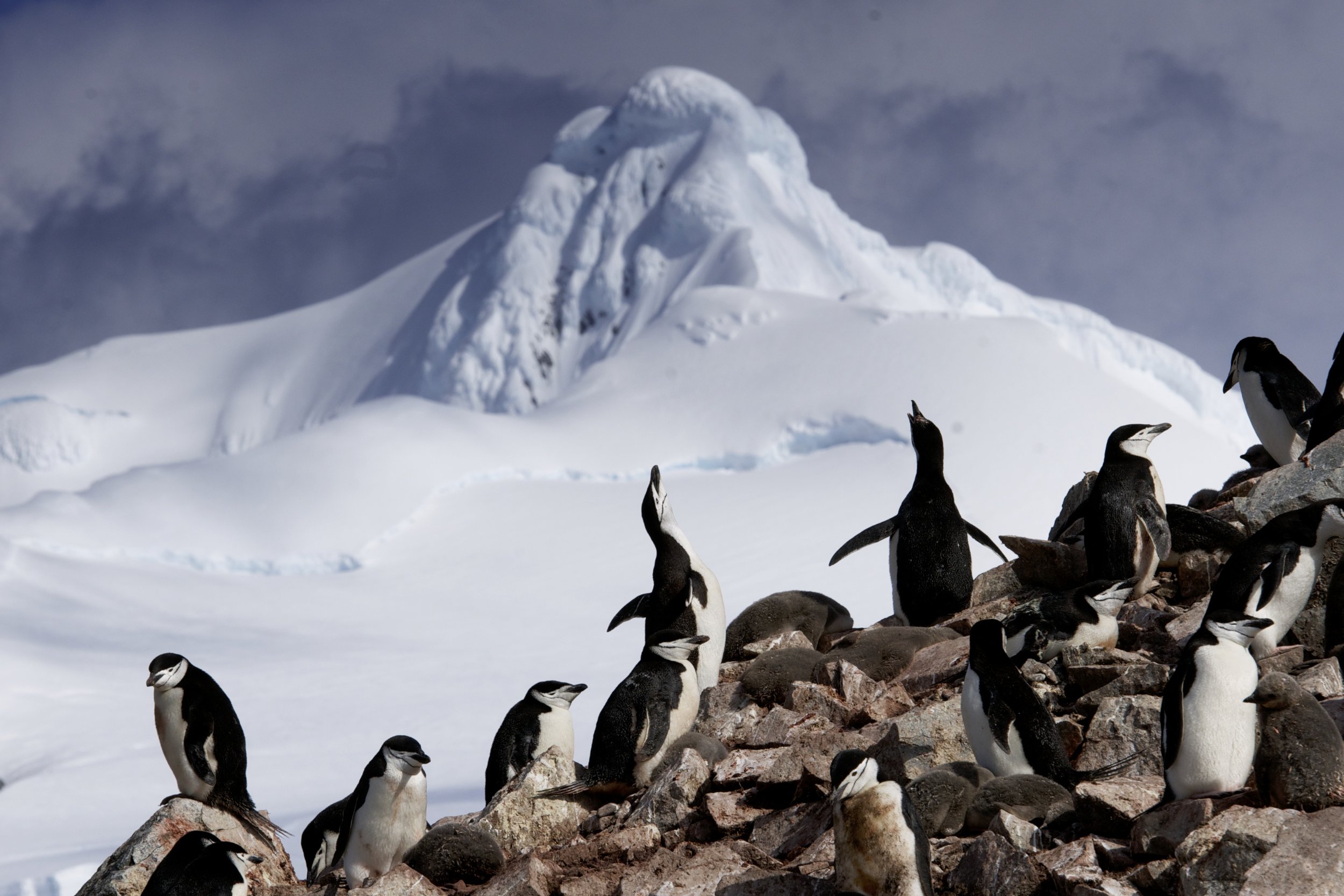
We are living in an unprecedented era of environmental change: the Anthropocene epoch
This unfolding transformation and the resulting social and cultural upheaval must be seen to be understood.
Eyes on Earth seeks to nurture a new generation of visual storytelling to chronicle this new Age of Man.
Our Mission:
Promote coverage and understanding of the Anthropocene by establishing environmental photography as an effective tool and distinct discipline for visual storytelling.
Make the underlying causes of environmental change visible and accessible for public discussion and policy decision making.
Establish clear and effective ways that environmental photography can make a difference in our world and it's future. Provide tools, resources and pathways for photographers.
Inspire emerging photographers to engage with the story of the Anthropocene age. Challenge them to become the visual storytellers of the great changes that face our planet in their lifetime. Their generation will create the enduring eyewitness narratives that will inform and engage society.
WHY NOW?
We are profoundly changing the planet. This global drama is taking place all around us in ways not always obvious. We urgently need understanding of fundamental causes - as well as insight into current events
World population has nearly tripled in just 66 years: from 2.5 billion people in 1950 to 7.4 billion in 2016.
We now dominate the continents, having converted more than half of earth’s land surface from forests and grasslands to farms, cities, highways, mines, reservoirs, and wastelands.
We are emptying the seas, more than 90 percent of the biggest fish are gone.
Energy that lights the night and powers our engines of modern prosperity – cheap and plentiful fossil fuels coal, oil, and natural gas – alters the atmosphere, changes the climate, and threatens our very own future.
Earth runs a fever. Temperatures rise, glaciers and ice sheets melt, and rising seas inundate coasts. Storms, floods, heatwaves and drought become the norm.
Humans now claim for themselves somewhere between 23.8% and 40% of the total net primary biomass production of planet Earth.
In the next 35 years we must double world food production to nourish a rising population; forests are falling at record rates to make way for farms that can meet this growing demand.
Environmental Photography
what is it?
Environmental photography chronicles the collision of people and nature as mankind transforms the planet, documents the effects of humanity’s growing dominance over the planet, and seeks to honor stewardship that supports the web of life.
A chronicle of causes and effects
We live in the time of The Great Acceleration, a period when world population has tripled in less than 70 years, and accumulating impacts of our expansion are visible worldwide. Our rapid transformation of earth’s landscapes, ecosystems, waters, and atmosphere has caused scientists to propose a new geologic epoch called The Anthropocene, or Age of Man, where people have become the dominant force on earth. We want to inspire and prepare photographers to tell visual stories of this emerging human age, to create a narrative record revealing the collision of humans and nature – both what is lost and what is gained – in this turbulent time. We seek to create understanding through an environmental photography that can help inspire a more prosperous and healthy future by revealing what we must first change.
A new Voice of concern
Environmental photography shares concerns with other fields of photography, among them conservation and nature photography, and photojournalism. As we see it, conservation photography focuses on preserving natural places and habitats, and nature photography celebrates visions of untrammeled nature. Photojournalism for its part focuses primarily on representing contemporary human events, natural disasters and the calamities that befall us. Inspired by – but differing from – these worthy fields, environmental photography focuses on the profound and long-lasting impacts on nature caused by people and their institutions that affect the planet’s health, and the fate of human civilization, but that may not make immediate news headlines.
A fresh path for photographers
Environmental photography documents our planetary perils and highlights solutions. It recognizes that we cannot save or protect what we cannot see, and seeks to reveal what other photography may neglect. With a focus on impacts and effects of humanity’s expanding presence, environmental photography can trace underlying natural, social, economic, and political forces driving global change today. These forces affect the health of the physical and ecological systems – land, ocean, and atmosphere – that make our own life on earth possible. We seek inspiration in scientific understanding of the world and the way it works. We encourage inquiry based on knowledge of major natural cycles – solar, carbon, water, nitrogen – and their interactions, which offer insight into the nature of the human enterprise.
“We cannot save what we cannot see. We will not save what we do not value. ”
who WE ARE
Concerned photographers and editors
We have spent our lives visually reporting humanity’s expanding enterprise and its global impact for prestigious global publications.
NATIONAL GEOGRAPHIC PHOTOGRAPHER
JIM RICHARDSON
Jim Richardson is a photographer for National Geographic Magazine and a contributing editor for its sister publication,TRAVELER Magazine. Richardson has photographed more than 50 stories for National Geographic. Richardson's work has taken him around the world covering issues of the environment, resource issues, cultures and travel, landscapes and perils to the night sky. His ongoing coverage of food and agriculture issues has been a centerpiece of National Geographic’s coverage of world food.
Richardson is also known for his documentary photography of small towns and rural issues. CBS News Sunday Morning twice profiled his 40 year-long journal of Cuba, Kansas. ABC News Nightline chronicled Richardson’s coverage of the Columbia River. His 1979 study of adolescence, “High School USA,” is considered a photo essay classic. In 2015 he was honored by his fellow National Geographic photographers as their “Photographer’s Photographer.”
Richardson lectures and teaches internationally and leads travel groups for National Geographic Expeditions. Known for his dogged research and devotion to craft he is a sought after mentor to new photographers.
Selected clients:
NASA, Goddard Space Flight Center
Chautauqua Institution, New York
The Economist, World in 2015
Annenberg Foundation
The Long Now Foundation
Aspen Environment Forum
Noche Zero Dark Sky Forum, Chile
Aramco, Saudi Arabia
National Geographic LIVE!
The Land Institute
The Summit Workshops
Sante Fe Photo Workshops
Carnegie Mellon University
The University of Virginia
The Farm Foundation
Cargill
Cereals Europe, Zurich
Chicago Ideas Week
Syracuse University
NATIONAL GEOGRAPHIC EDITOR EMERITUS
DENNIS DIMICK
A journalist for more than 40 years, Dennis Dimick has spent most of his career keenly focused on the impact of humanity’s expanding aspirations on the planet. As a 35-year National Geographic Society picture editor, and National Geographic Magazine’s environment editor for more than a decade, he has been a key conceiver and shaper of visually-rich long form reports on climate change, energy challenges, water resources, population trends, and food security.
A faculty member of the Missouri Photo Workshop for nearly 20 years, Dimick received the Charles M. Sprague award for service to photojournalism in 2013 from the National Press Photographers Association, and his editing has repeatedly received awards from Pictures of the Year International and the Society of Environmental Journalists.
He has edited an encyclopedia of world geography, and books on world deserts, wildlife refuges, and the endangered species act. In demand as a public speaker Dimick regularly presents illustrated slide shows to conferences, universities, and the public on a wide range of environmental challenges we face in the emergent Anthropocene Epoch or “Age of Man.”
Selected clients:
Chautauqua Institution, New York
Aspen Ideas Festival & Environment Forum
AXA Research International, Paris
Annenberg Foundation
The Woodrow Wilson Center
The Earth System Initiative at MIT
The Geological Society, London
University of Oregon School of Journalism
Michigan State University Fate of the Earth
Planet Forward, George Washington University
The Missouri Photo Workshop
National Geographic Live! & Expeditions
Mountainfilm in Telluride
FotoFusion, West Palm Beach
IUCN Bangkok 2004 and Barcelona 2008
Yale Institute for Biospheric Studies
Contact Us
Please contact us if you would like to consider building an educational opportunity with us.
